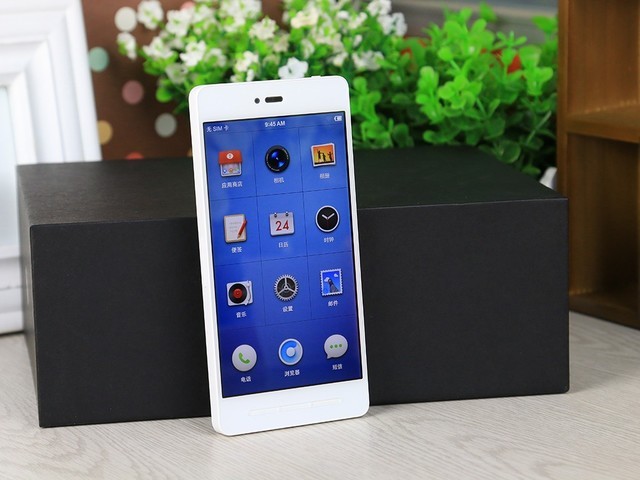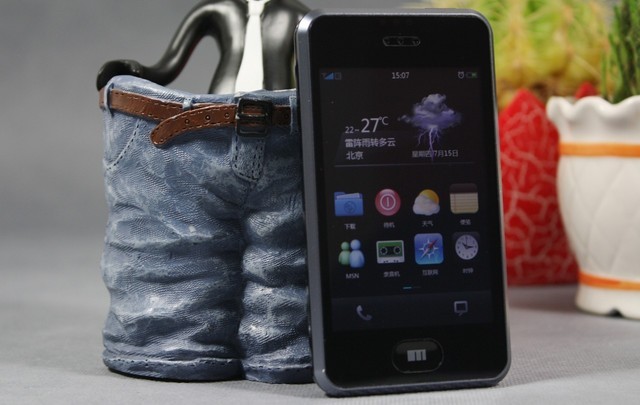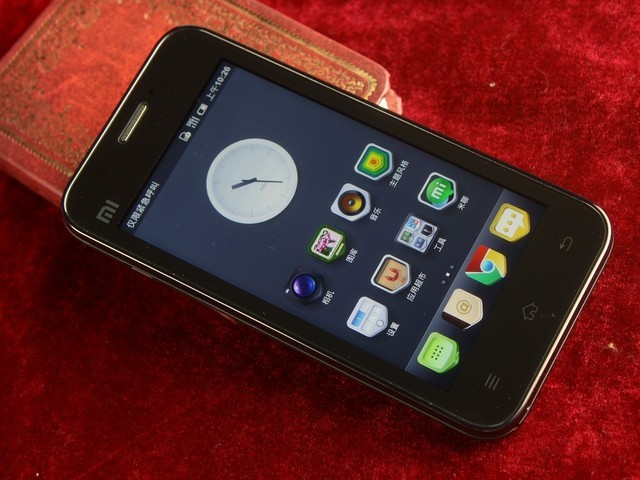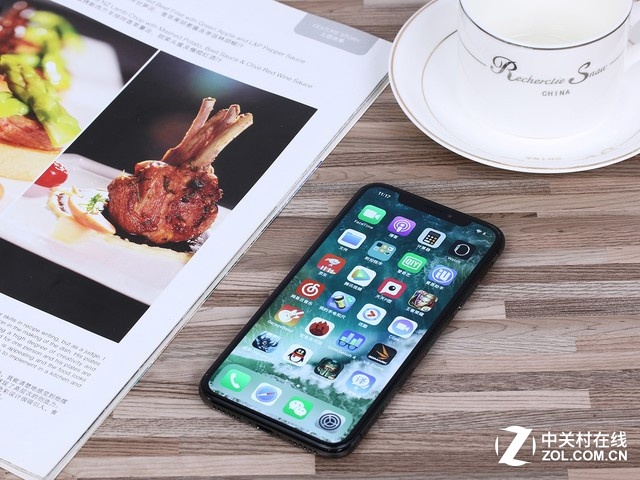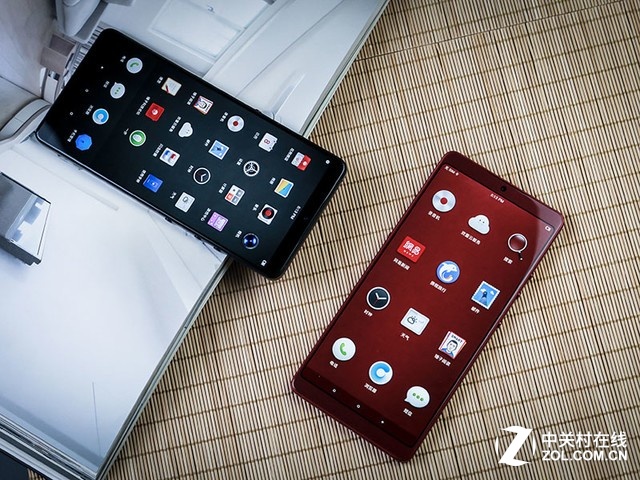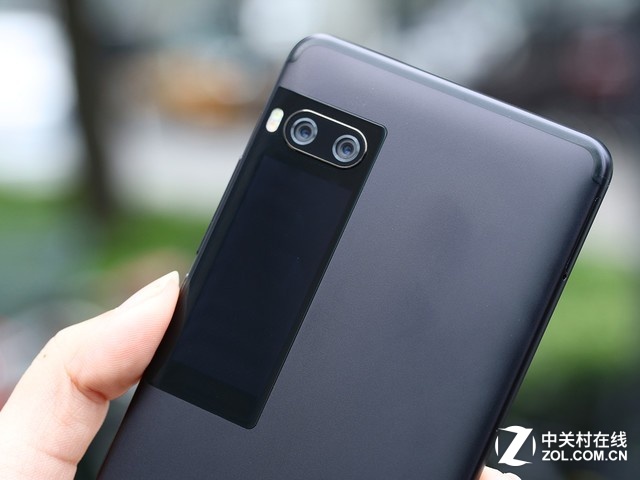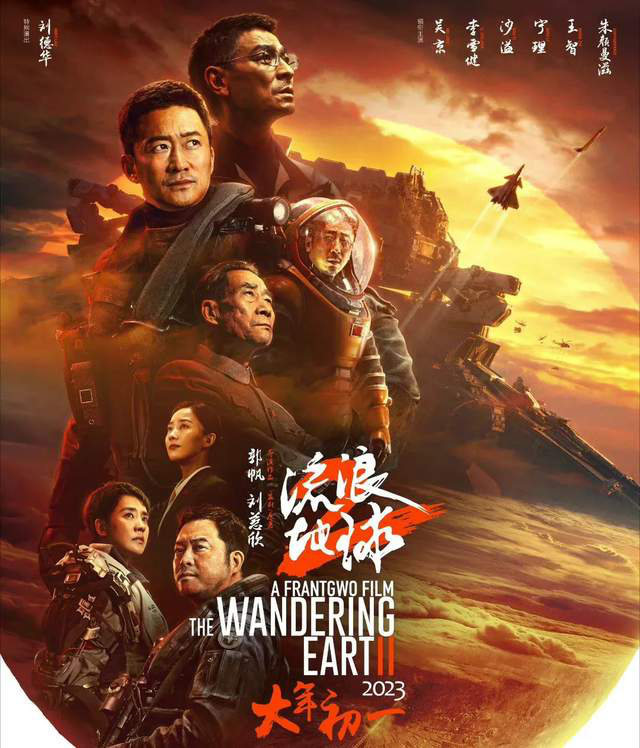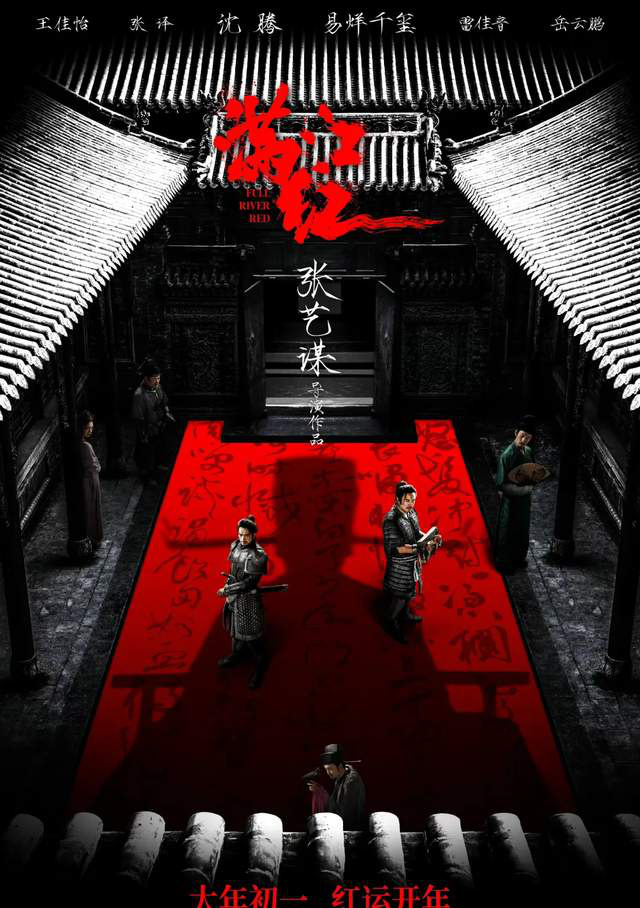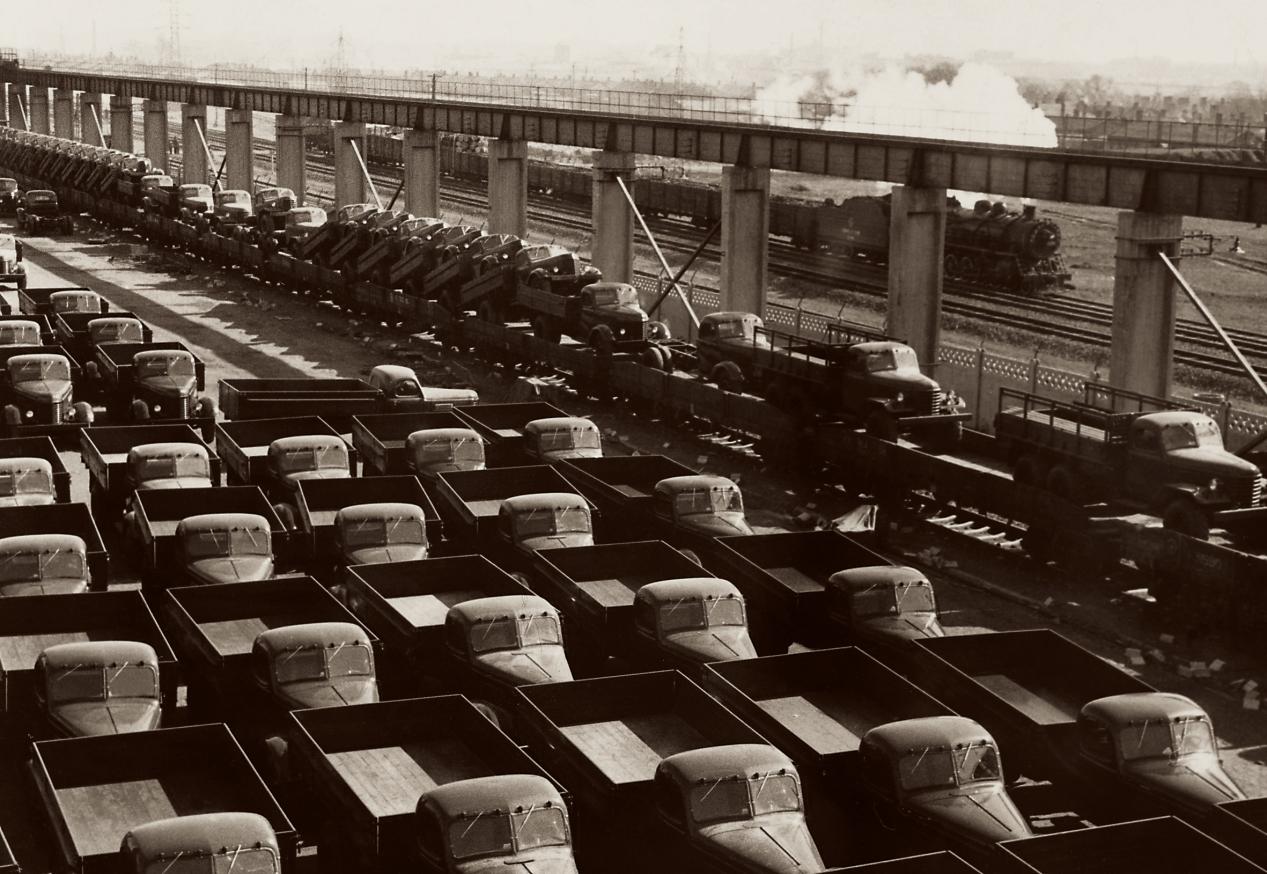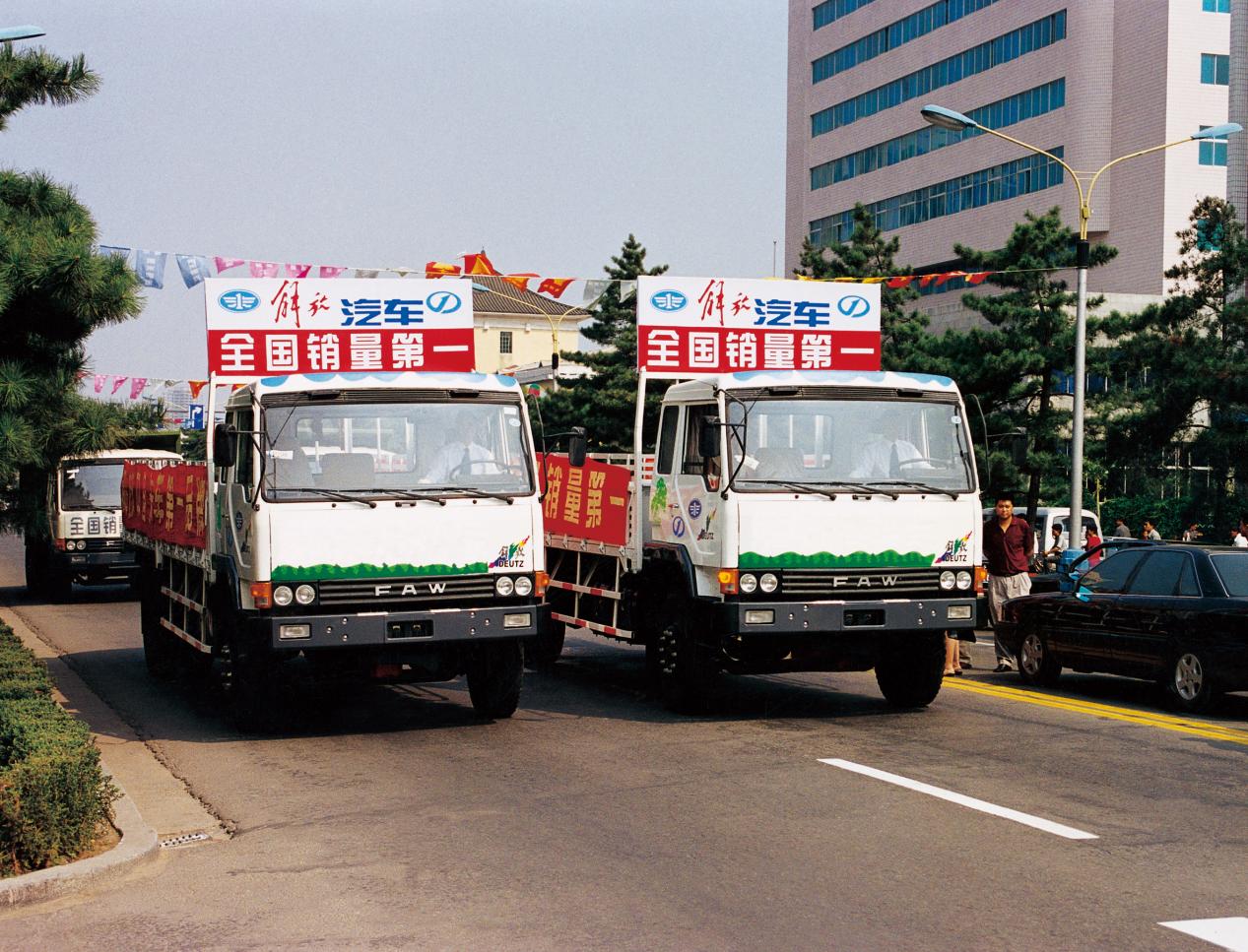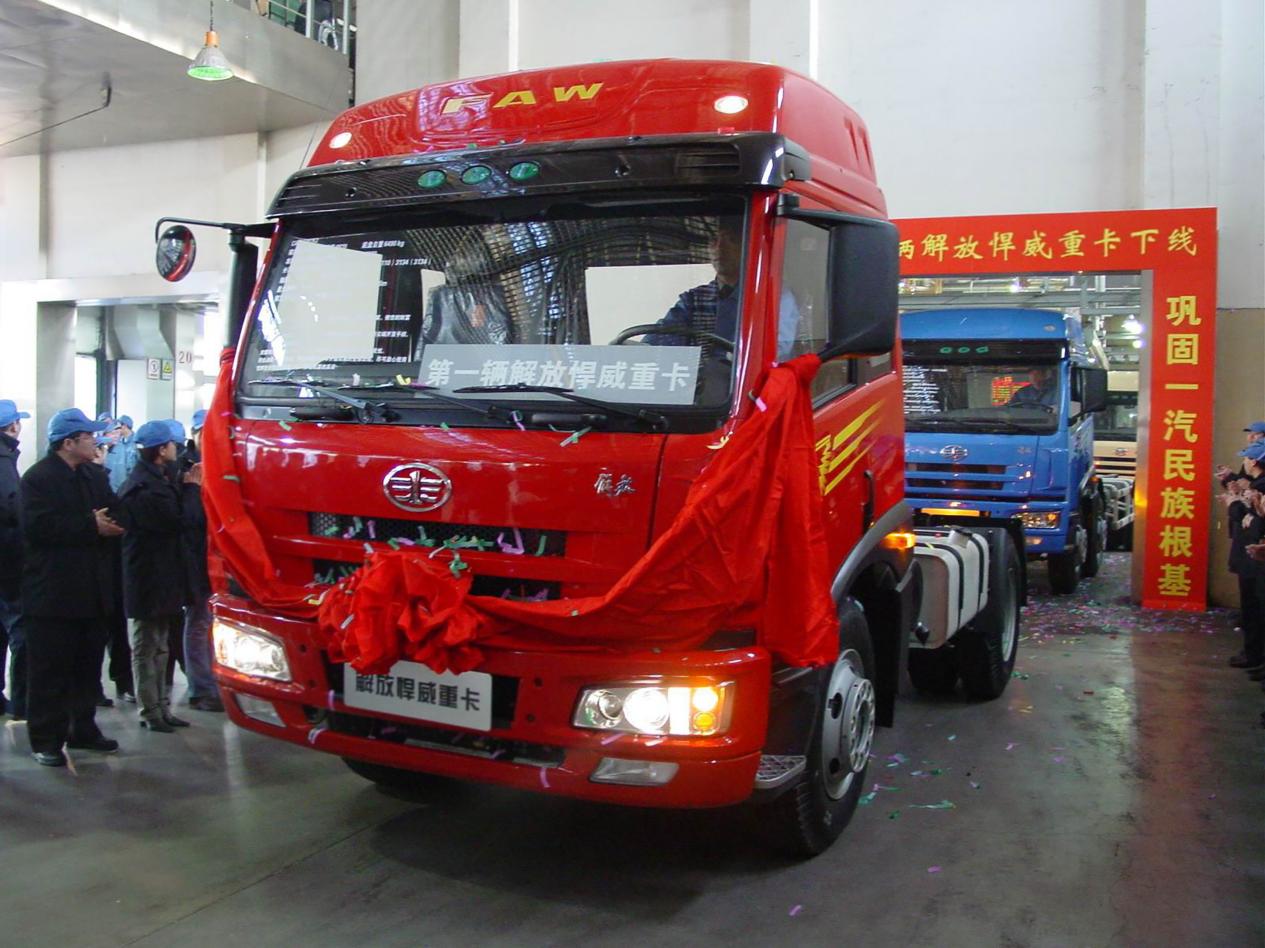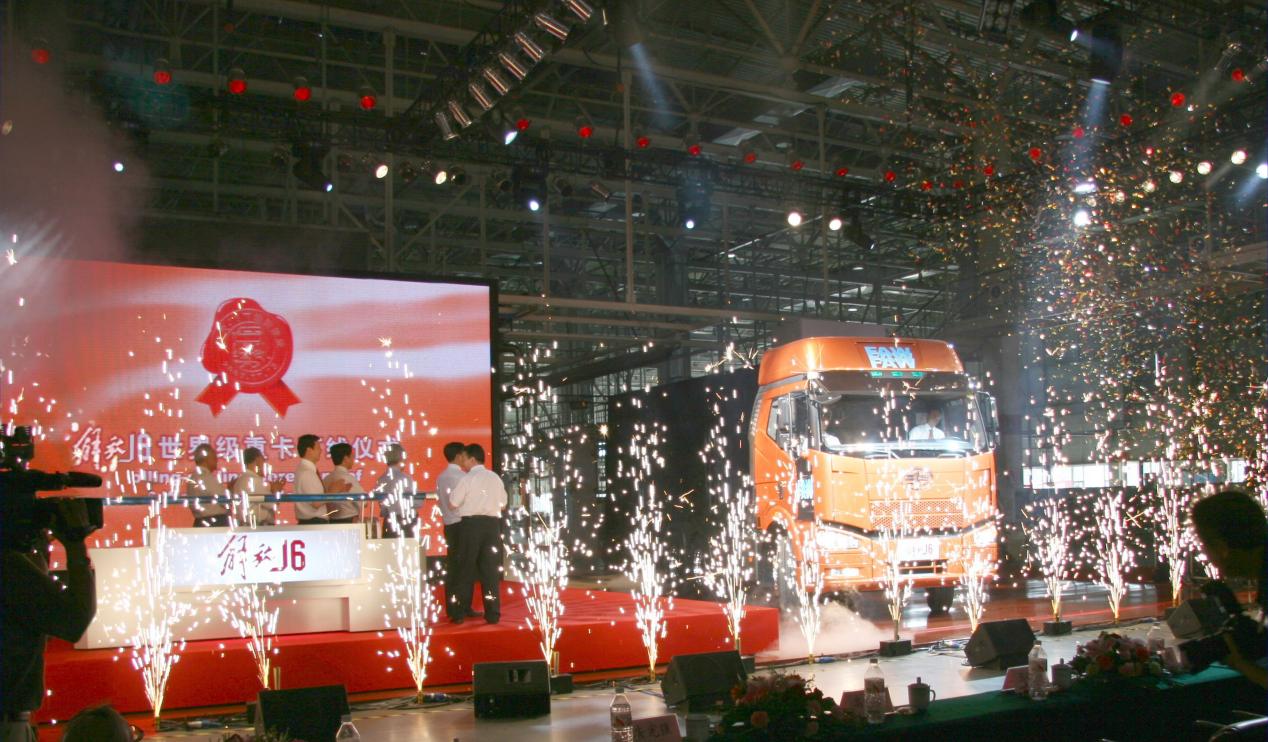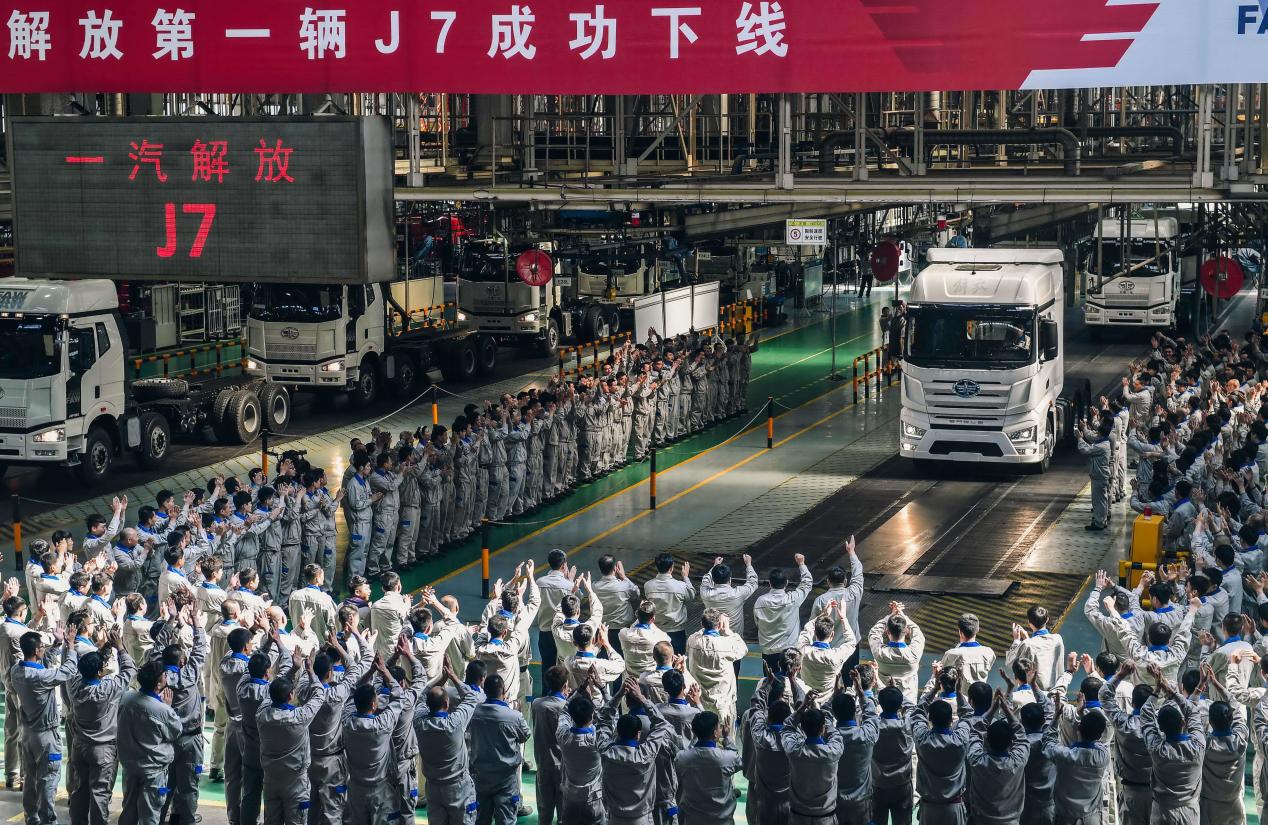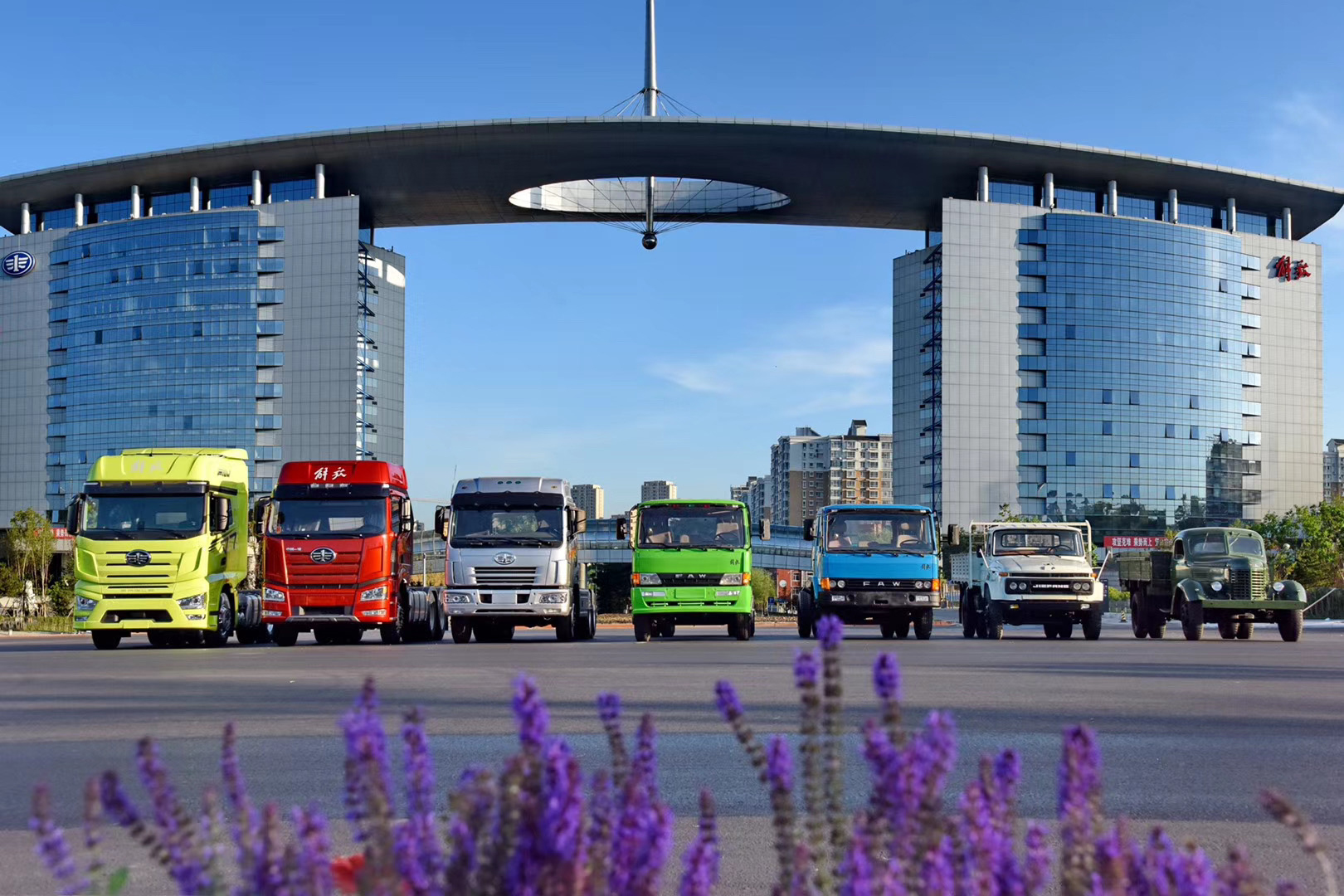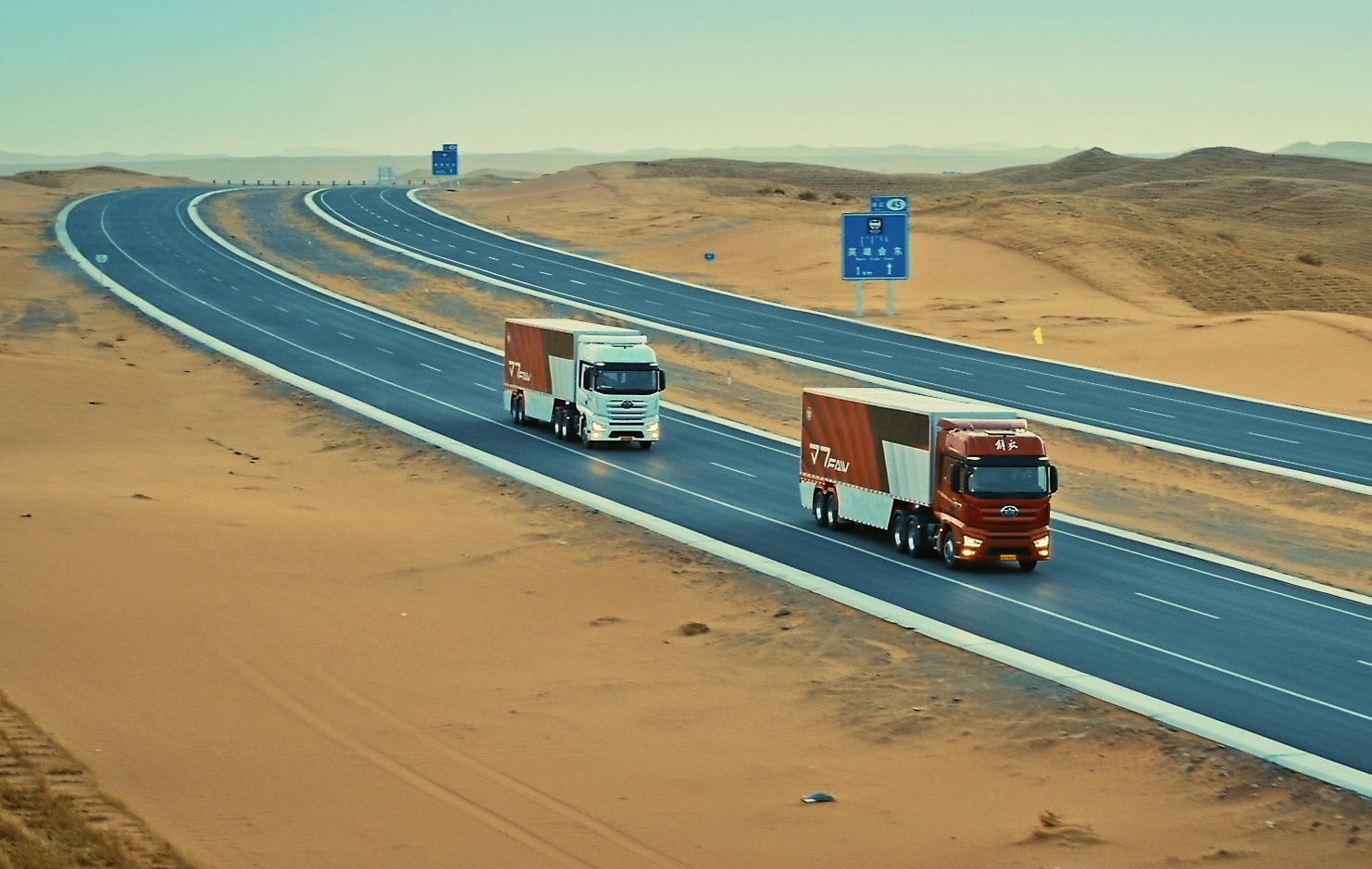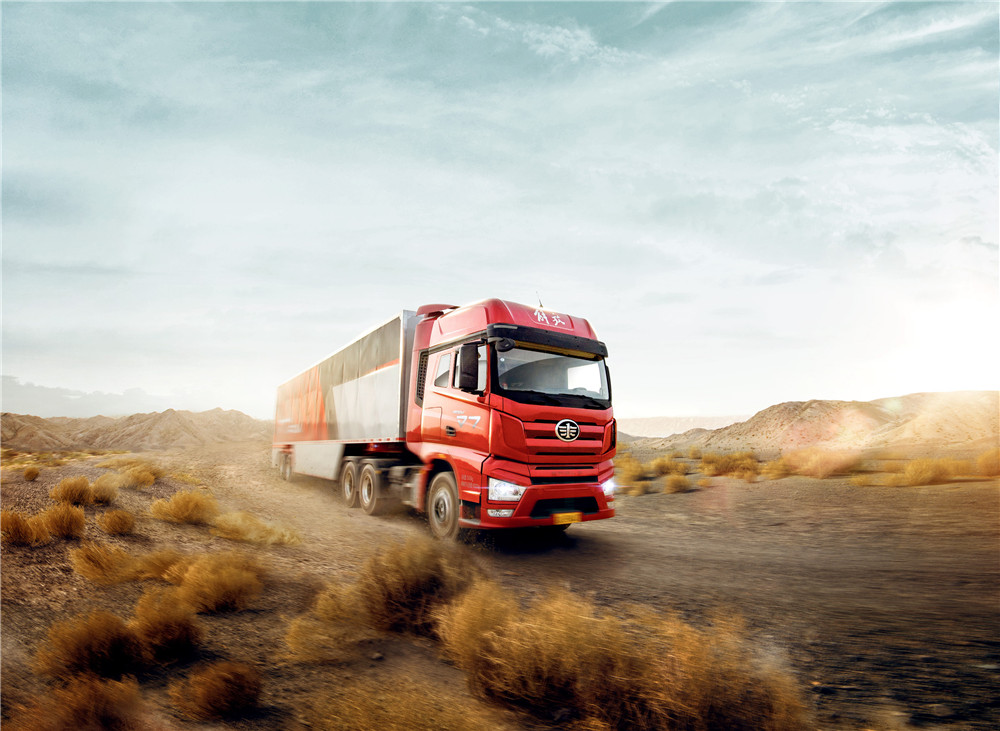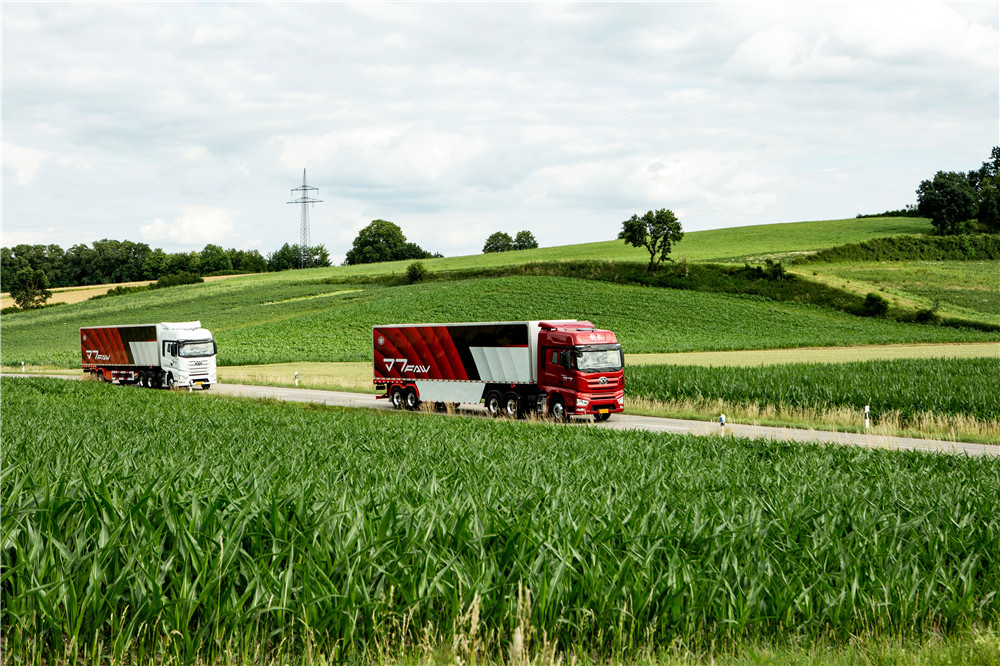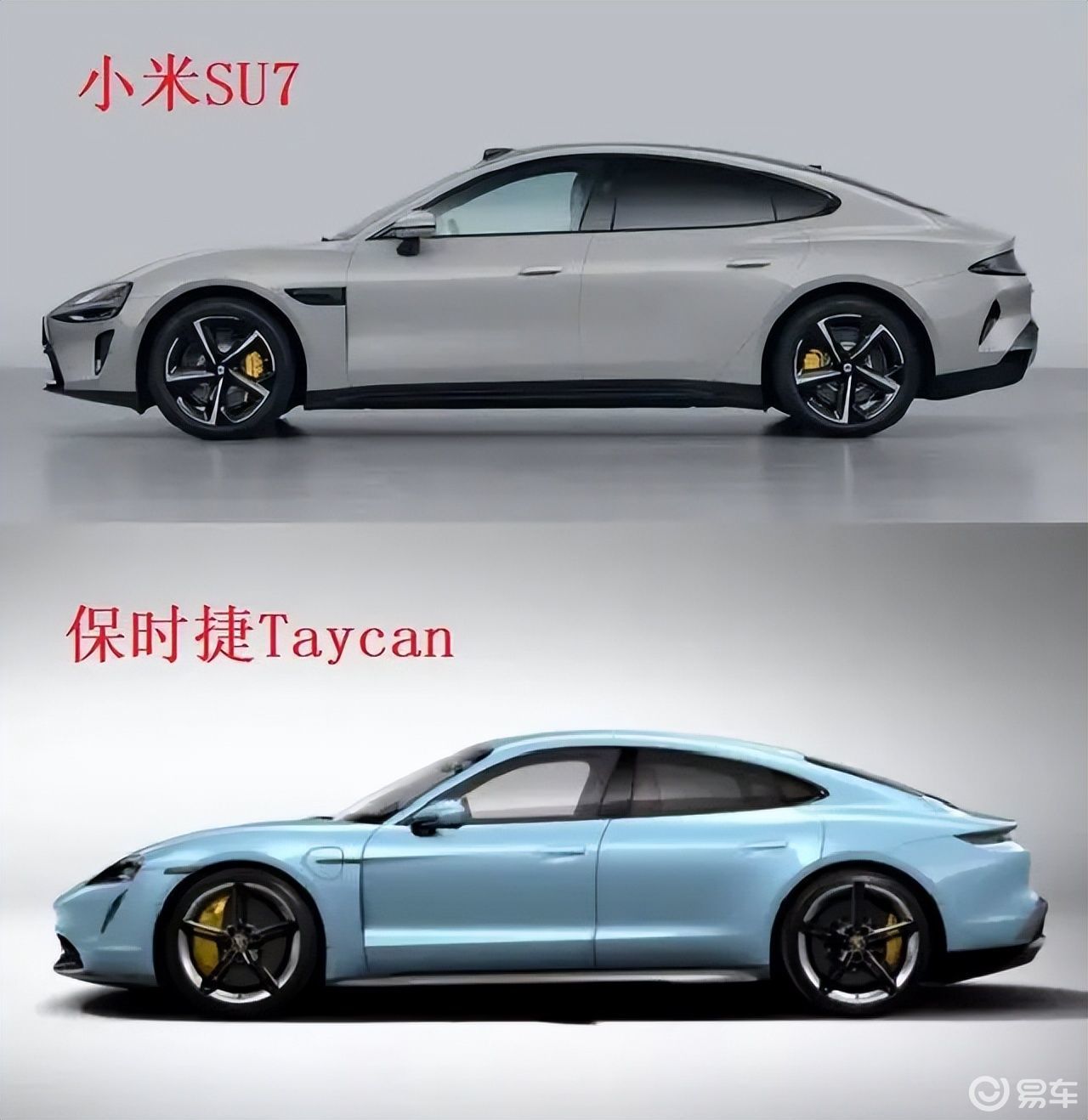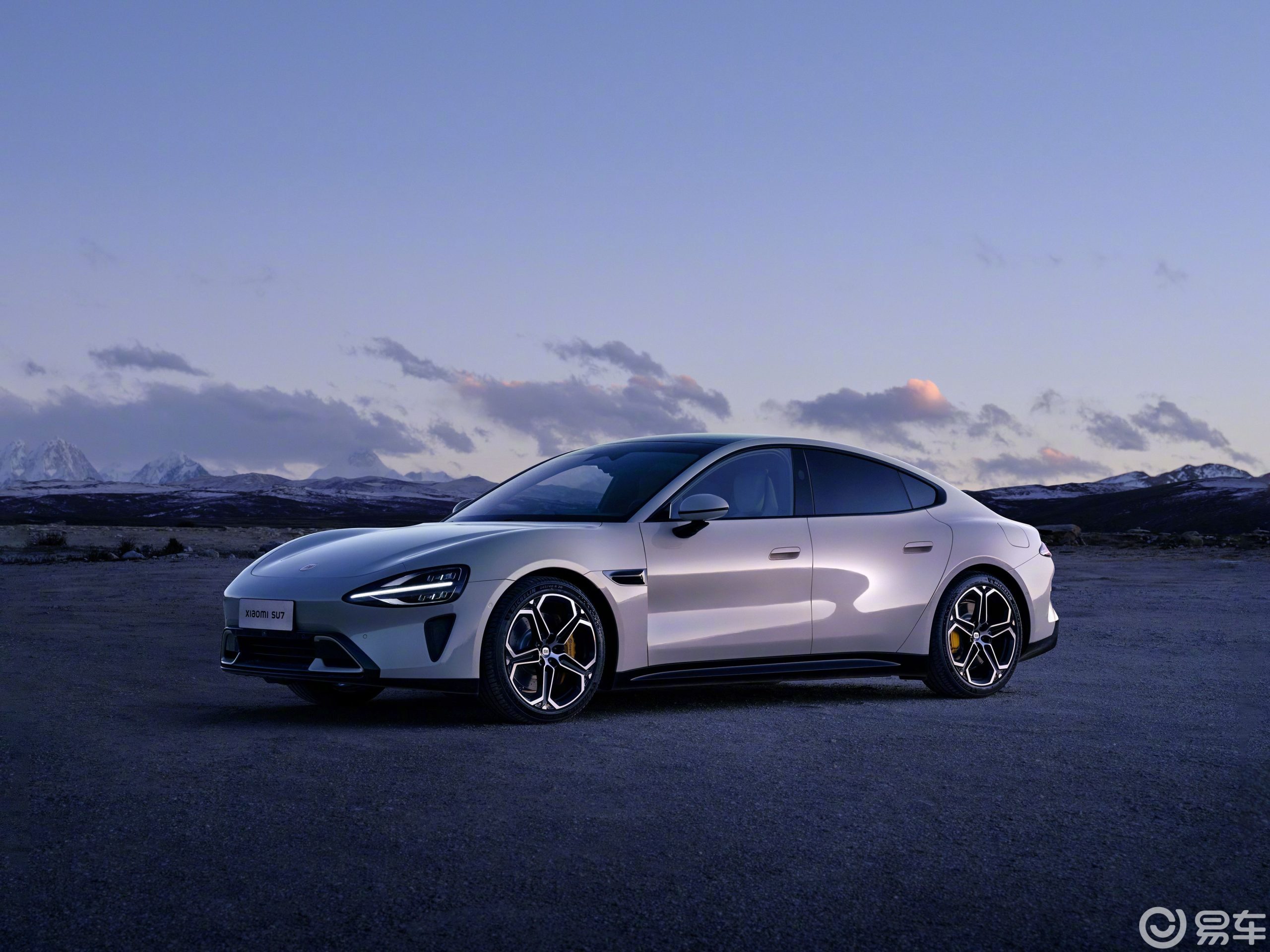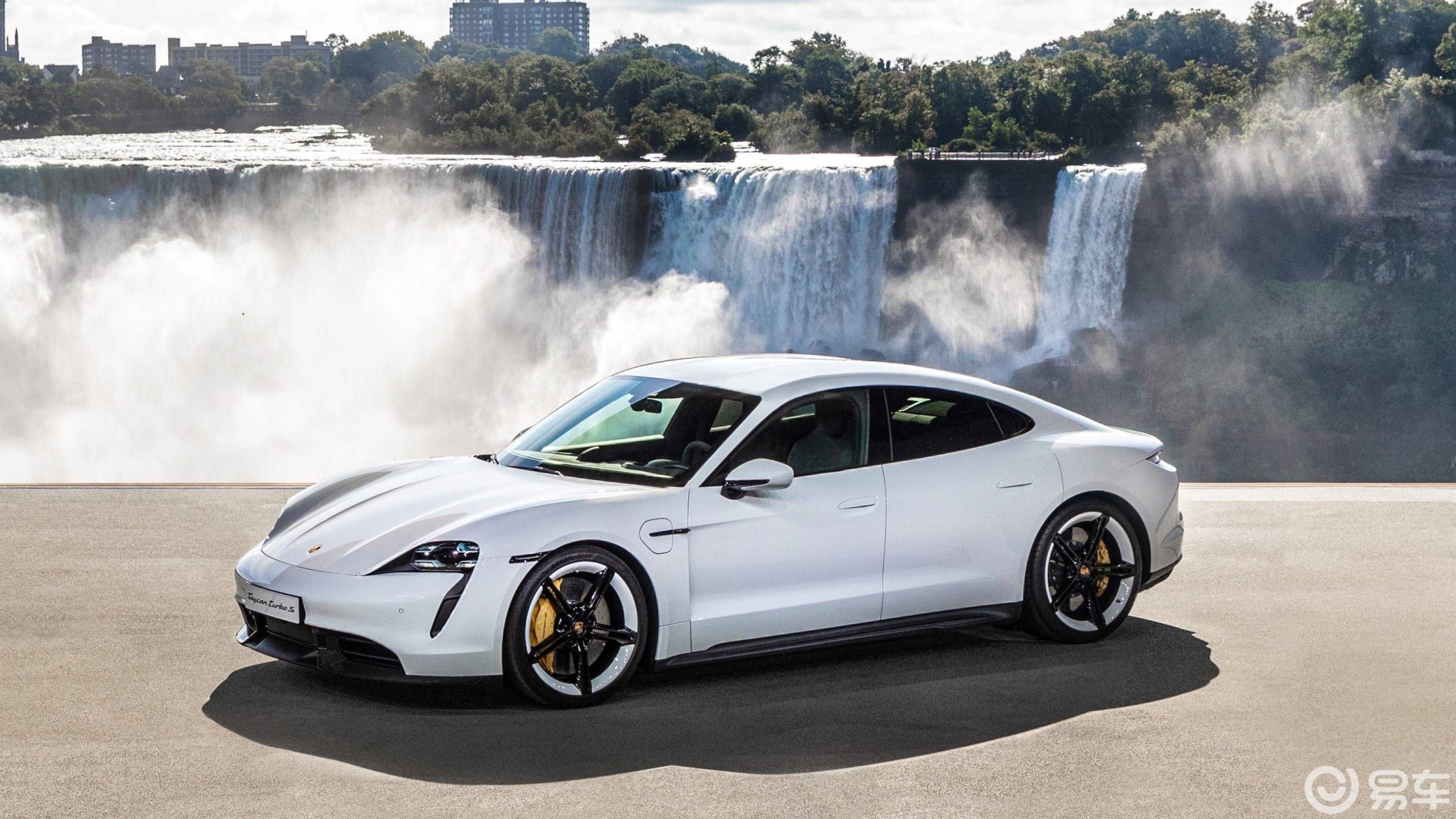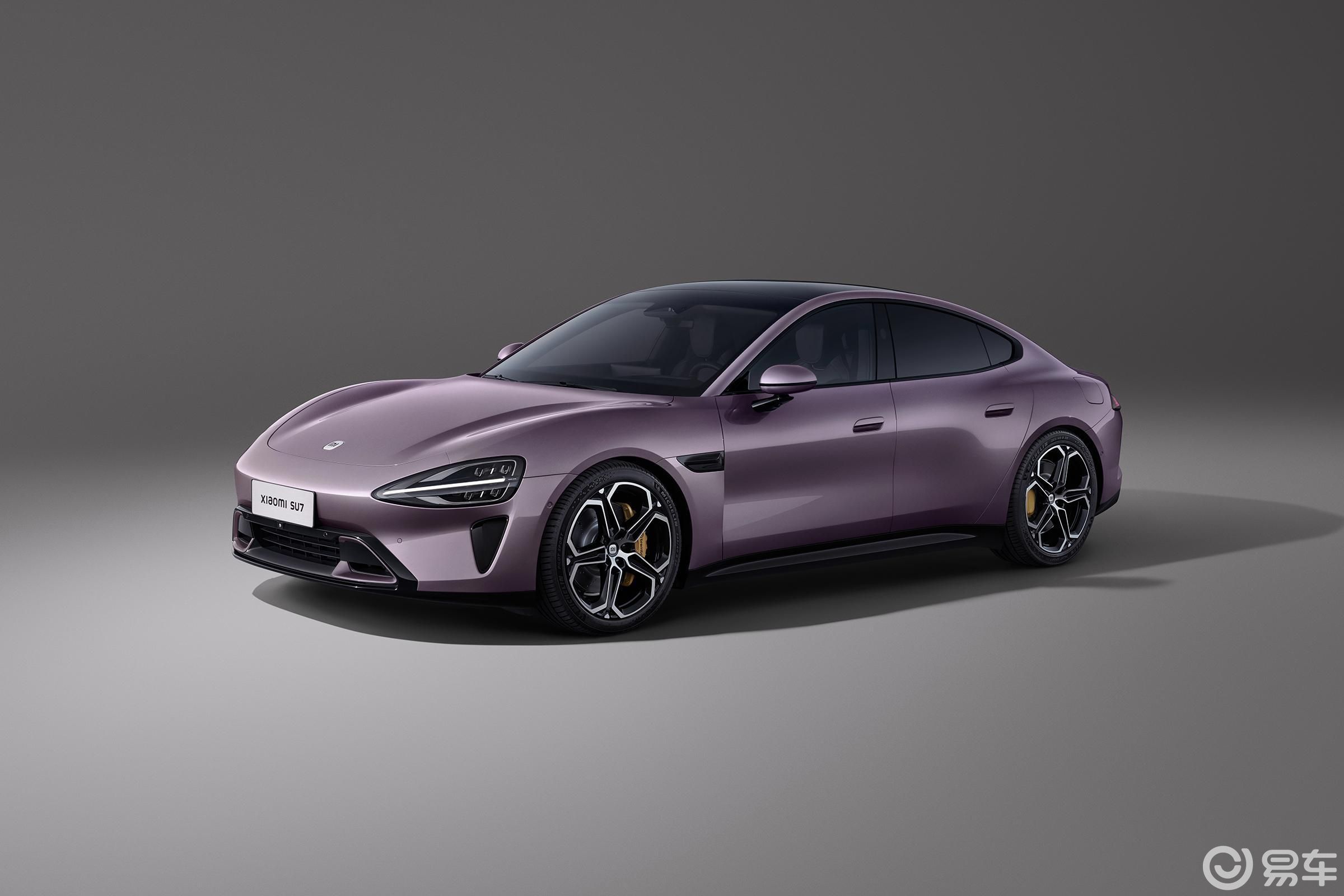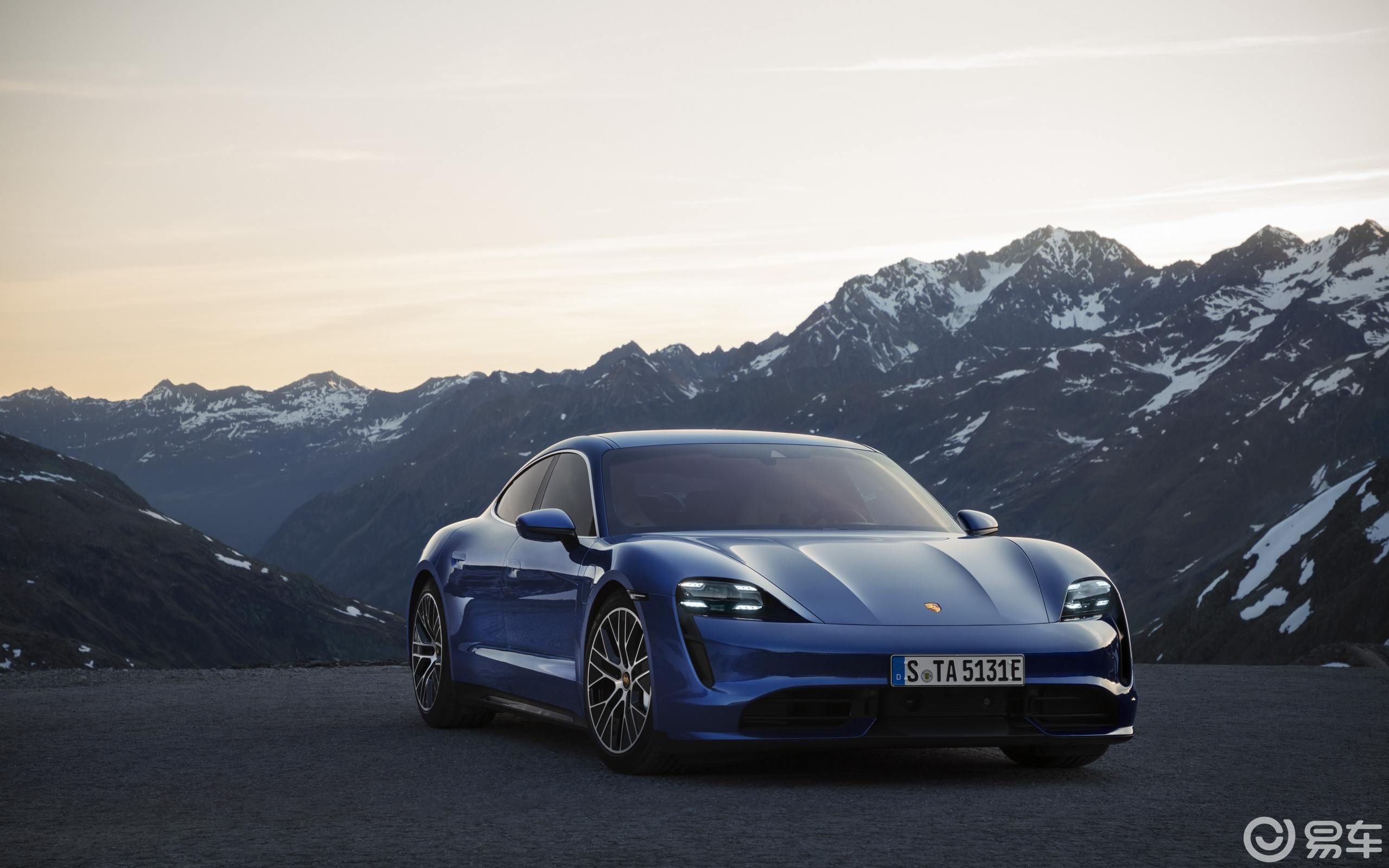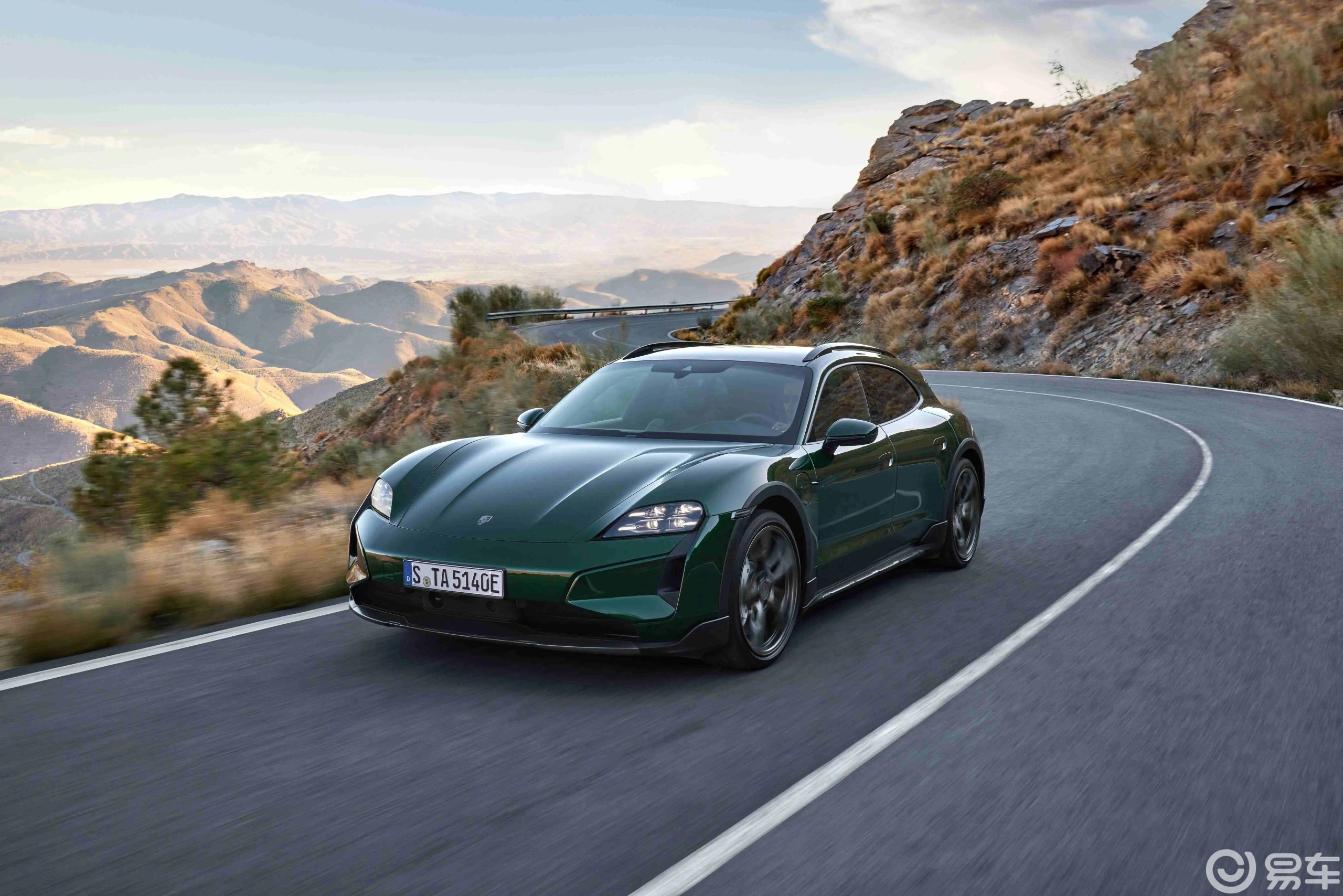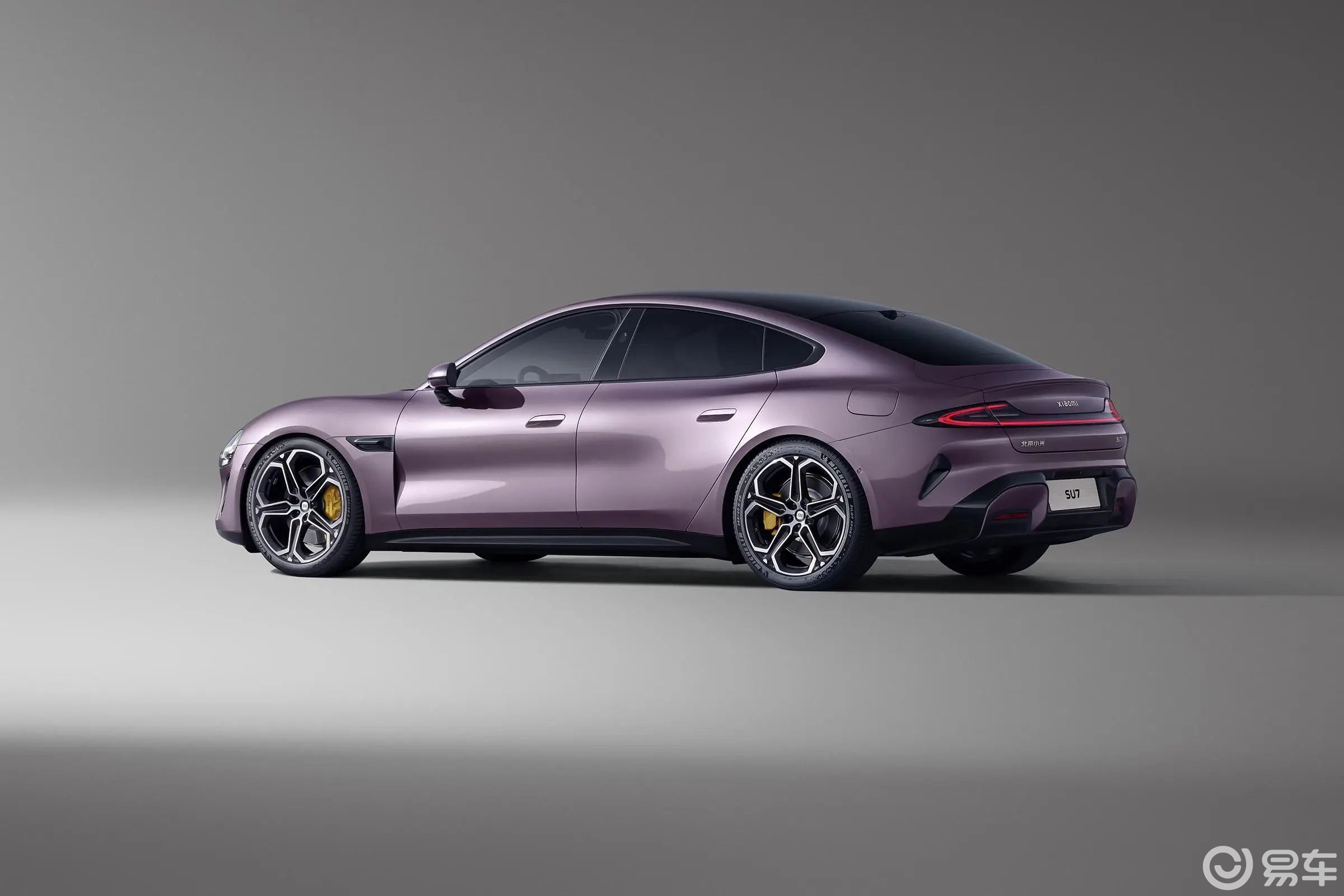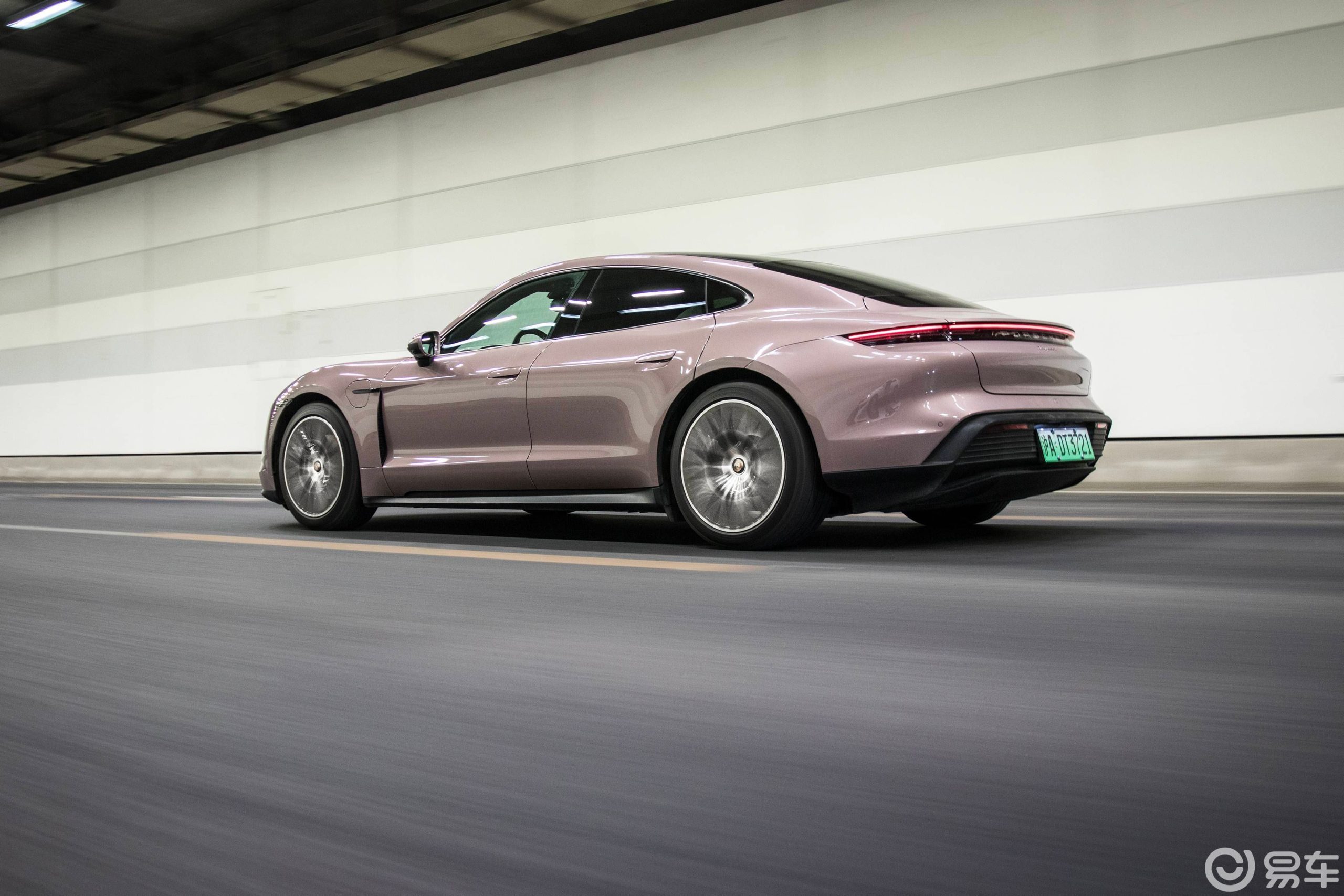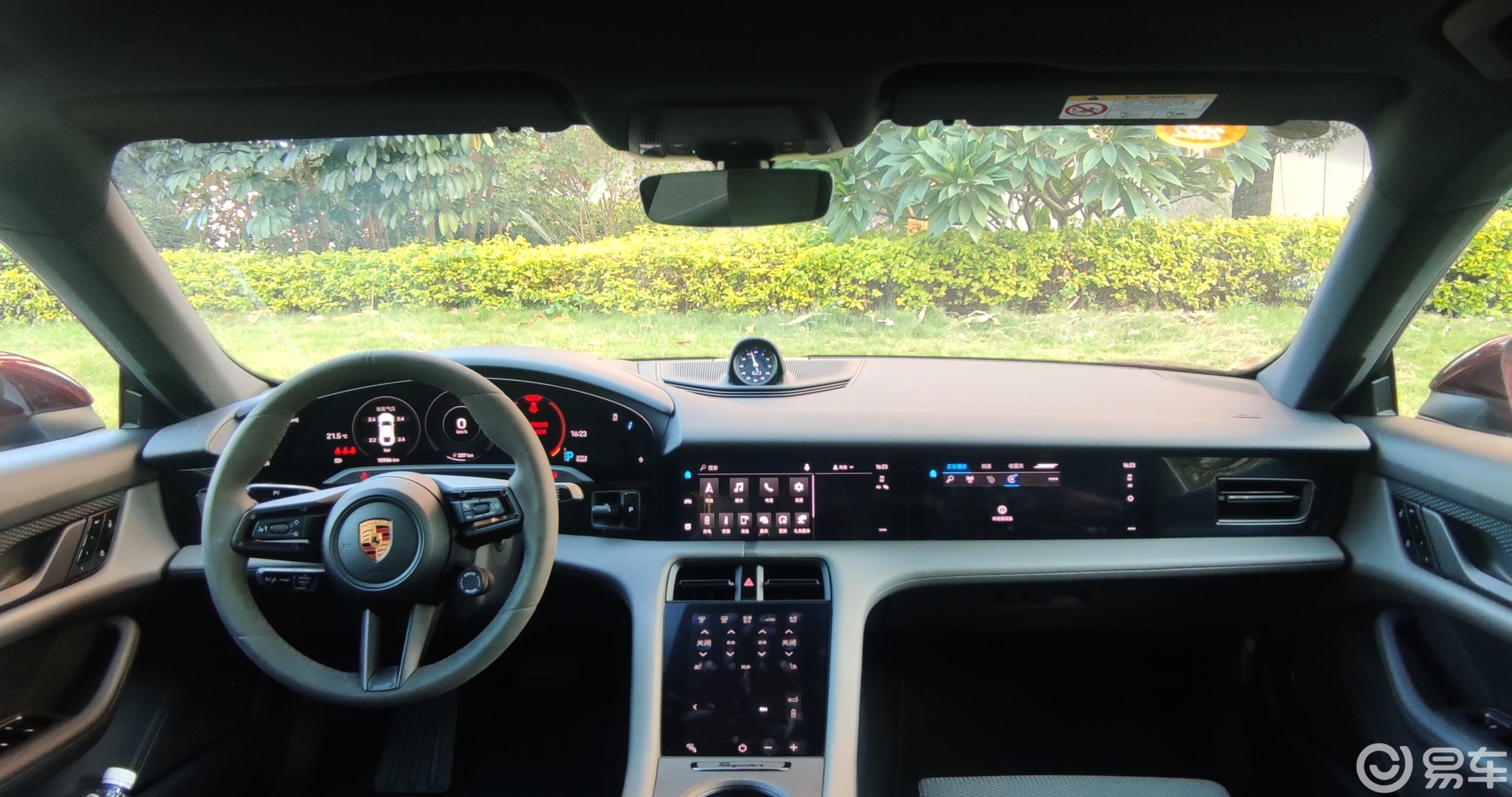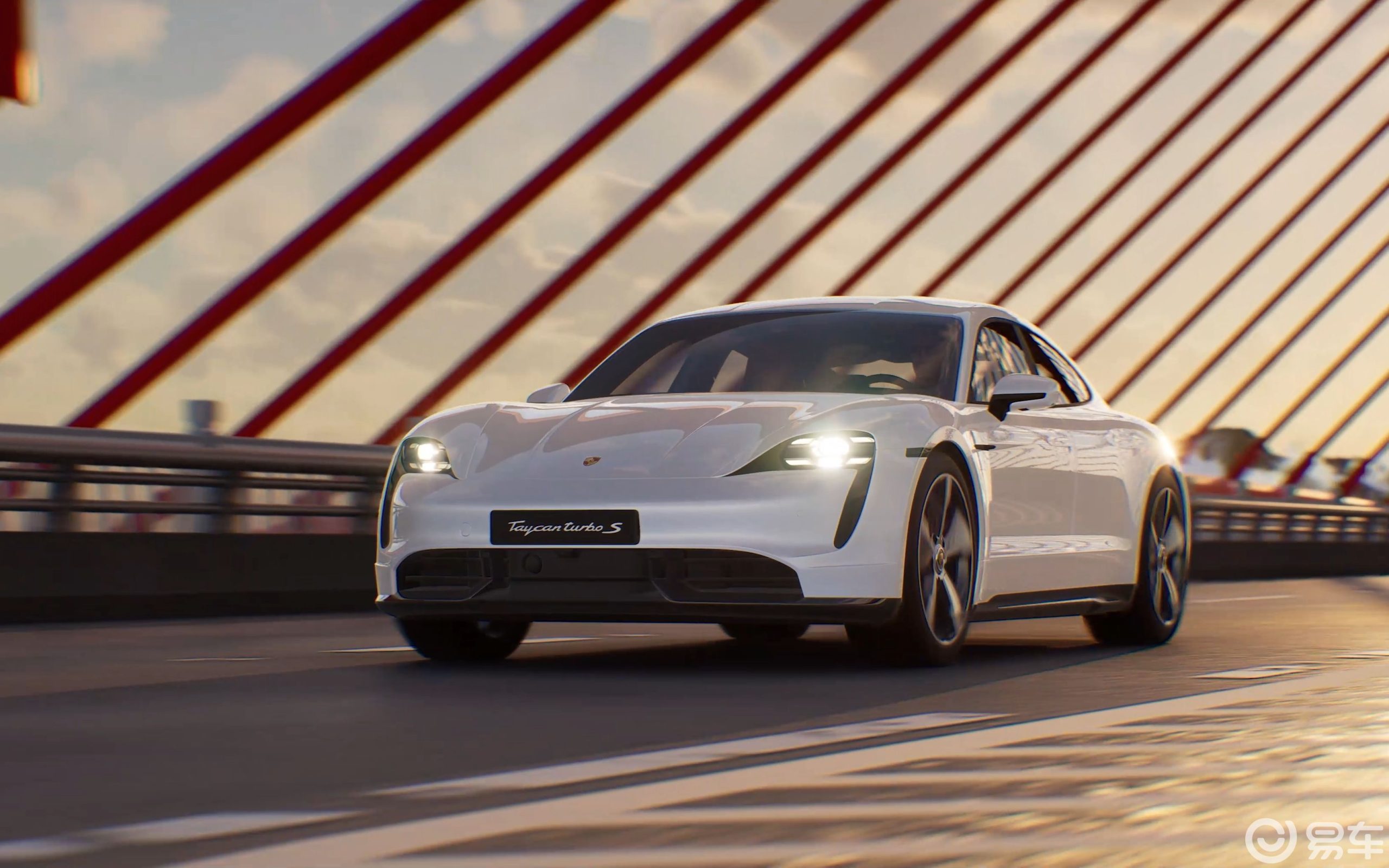[Autohome professional evaluation] Today’s introduction is Lynk & Co’s smallest SUV – 06, the specific model is the 2020 1.5T Yao Halo, its guide price is 138,600 yuan, if not the pink special edition, then it is the current top model of the whole series, the following is its test report.
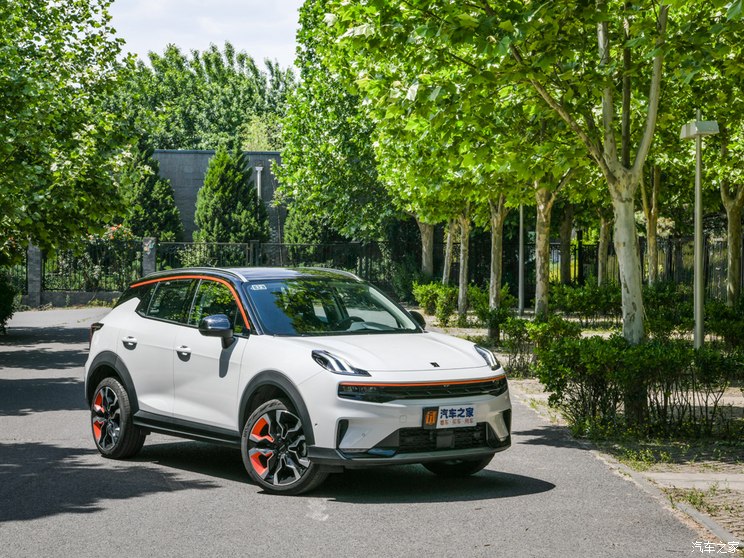
◆ Comfort evaluation


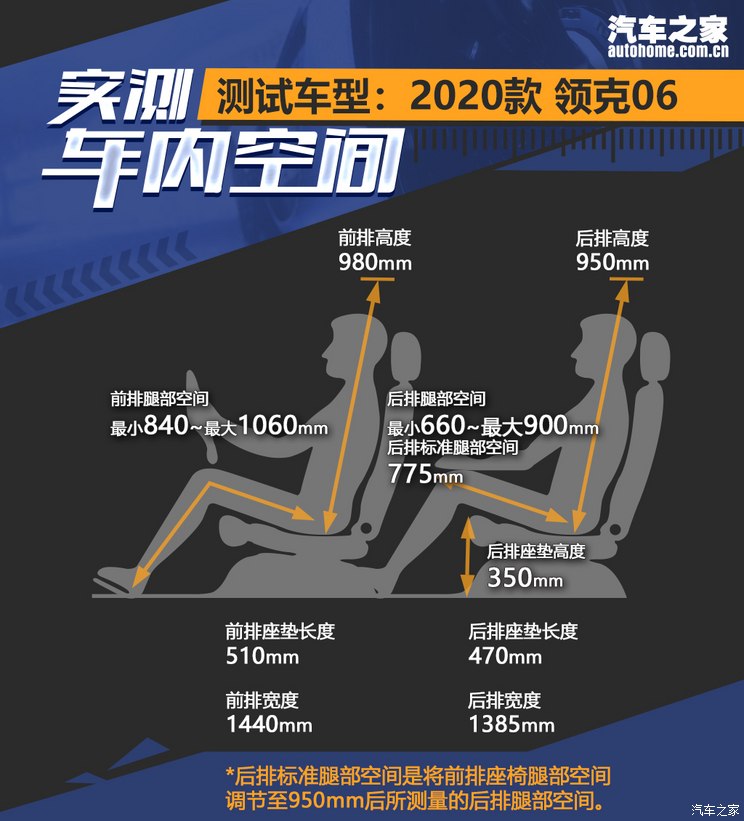
The 180cm-tall experiencer sits in the front row, and after adjusting the seat to the lowest level, there are still 4 fingers in the head space, which is quite normal. Keep the front seat position unchanged and come to the back row, there is still 1 punch margin in the head, and 1 punch and 3 fingers in the legroom. This performance is still good for small SUVs.
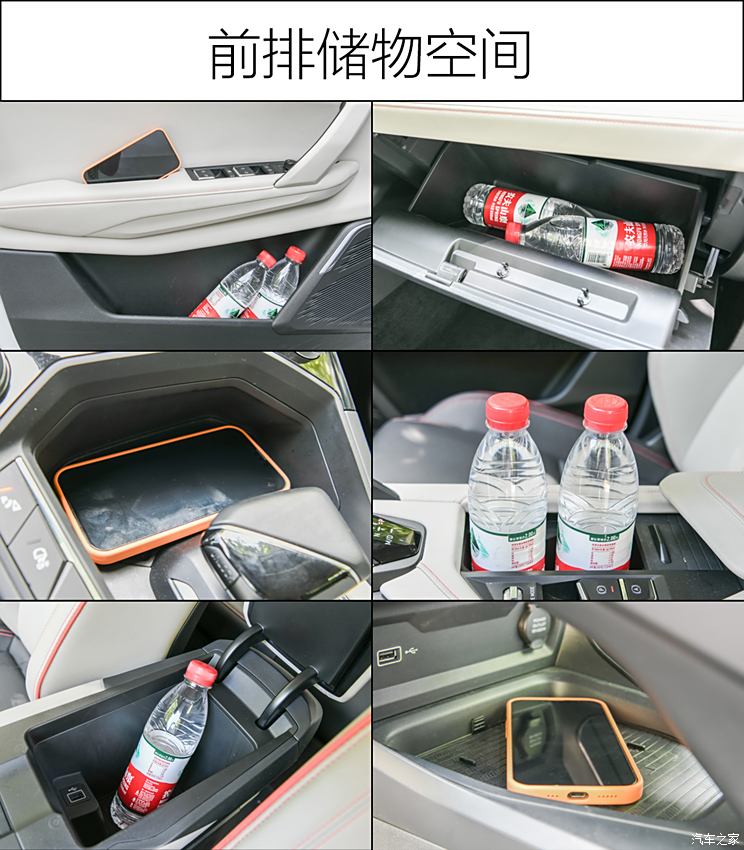
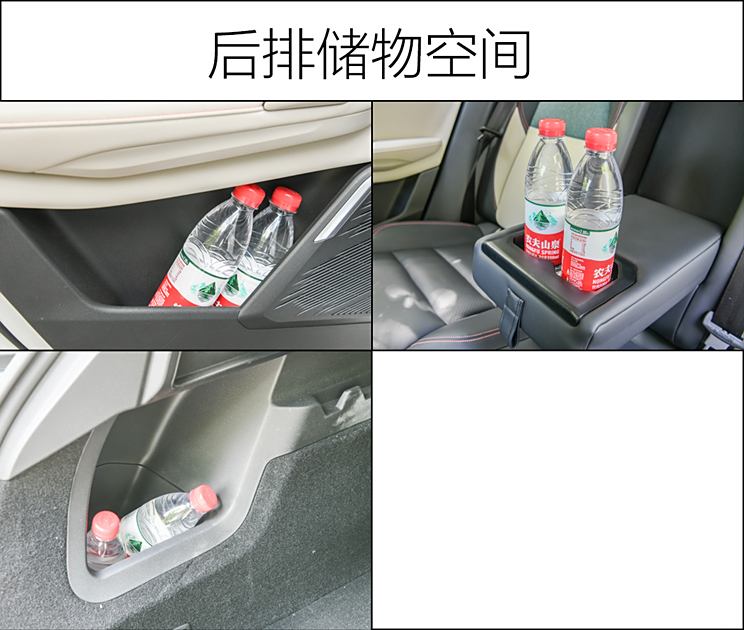
The storage space position of (|) is more conventional, and the space cannot be considered large, such as the mobile phone slot in front of the block with wireless charging, but the mobile phone iPhone 13 Pro size cannot be completely flat on it.

Due to the size of the vehicle, its trunk is not much space after being packed into three suitcases of 20, 24, and 28 inches. There is a storage compartment on each side that can hold two bottles of mineral water, suitable for small items.
This test car is a high-end model. In addition to a complete active safety system, 19-inch wheels and front seat heating are exclusive configurations. Panoramic sunroof and automatic headlights are standard in all models. In addition, medium and high-end models also have electric tailgates, which are rare in small SUVs.
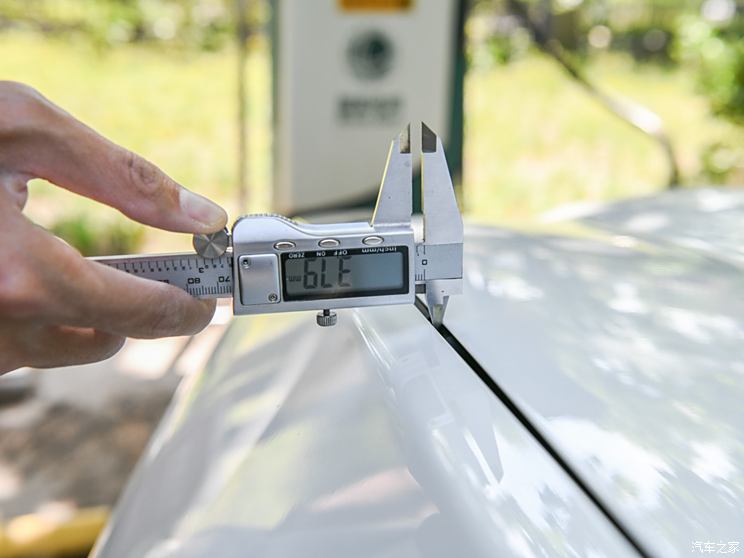
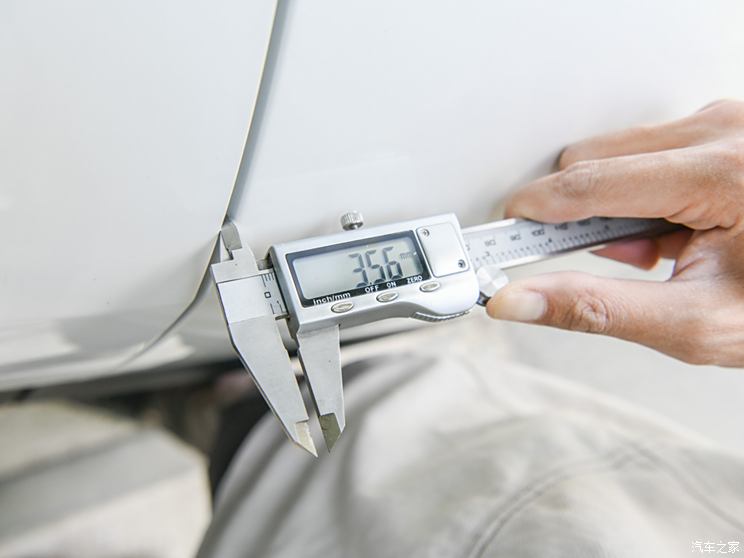
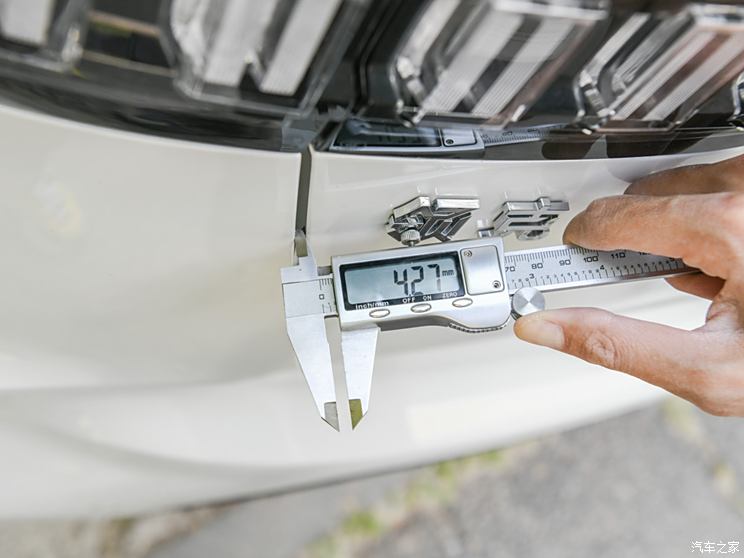
The paint of Lynk & Co 06 is uniform and warm, and the assembly process is also good. We selected three positions on the body to measure the left and right sheet metal joints respectively, and the difference between the two sides of several parts is not large.
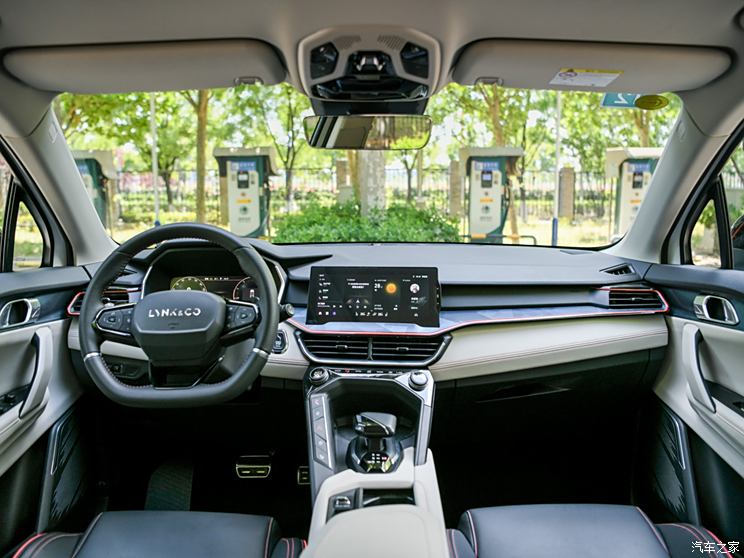
The center console has a relatively obvious Lynk & Co family design, and the materials used have always been Lynk & Co’s specialty. The mix and match of various materials and colors makes this small SUV look neither monotonous nor cheap.


The color and material of this Lynk & Co 06 seat give people a very novel feeling. The front seat is thick, the hardness is moderate, and the wrapping is also good. The headrest of the rear seat is softer than expected, but the seat cushion is slightly shorter.

The rear child seat interface of Lynk & Co 06 is not on the bright side. When connecting, you need to extend the seat connector into the opening left by the seat surface. Fortunately, it is not very deep. In addition, due to the small area of the back door, you still need to pay a little attention when handling the seat.
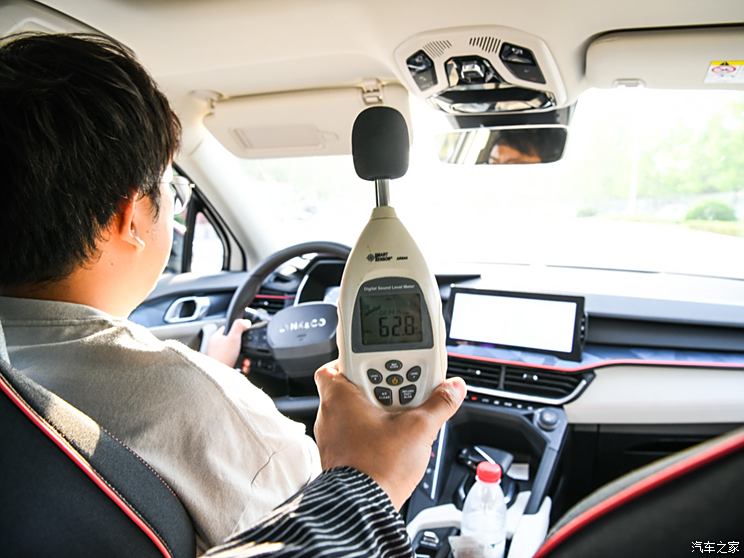
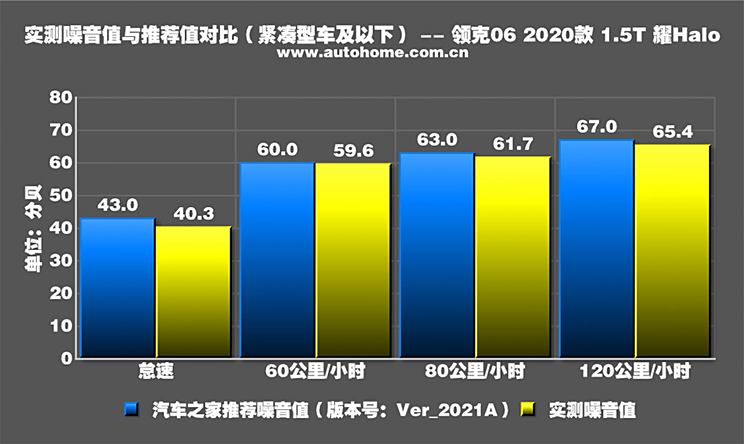
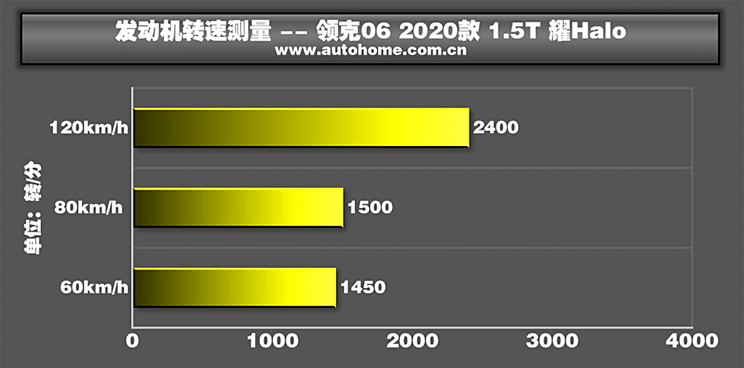
The sound insulation of the Lynk & Co 06 is not very good. In fact, the sound of the engine is really low. The main source of noise is the floor. After the speed exceeds 60km/h, the tire noise is transmitted into the car, which is more obvious. And when the driver’s side A pillar reaches a speed of about 80km/h, a slight whistle will begin to appear.
◆ Dynamic evaluation
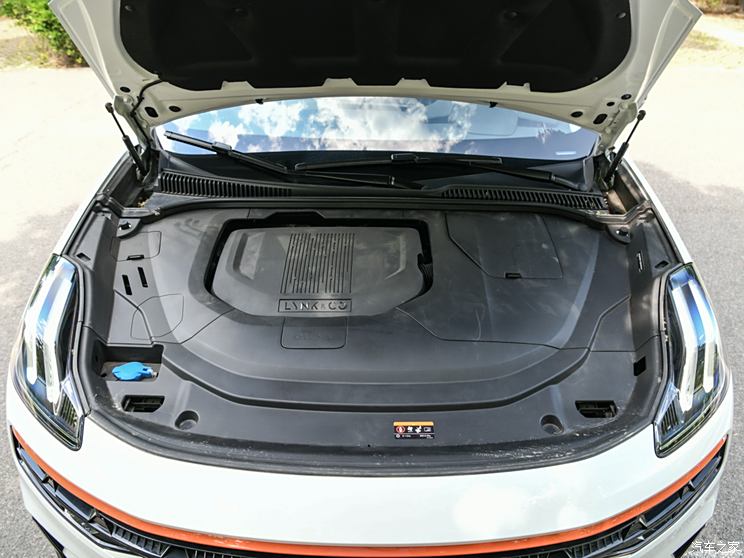
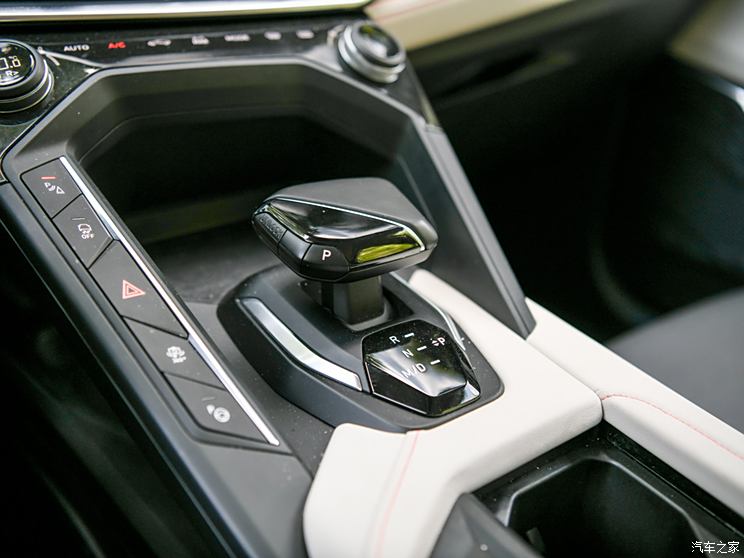
More exciting videos are available on the Autohome video platform
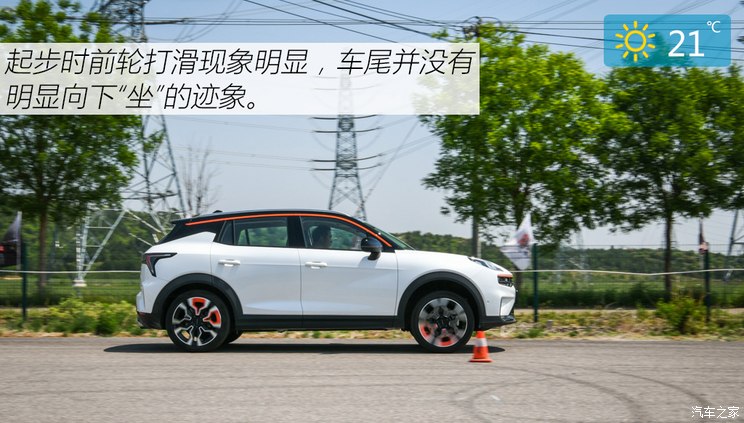
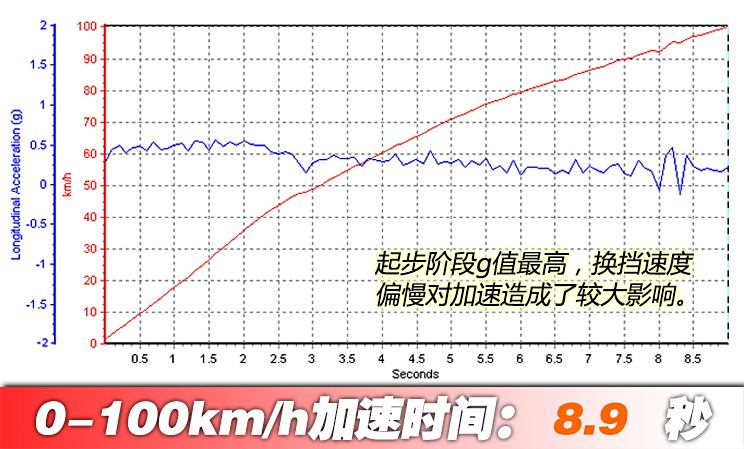
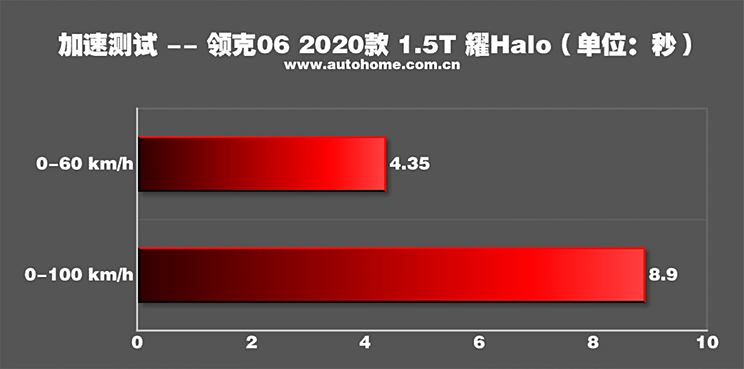
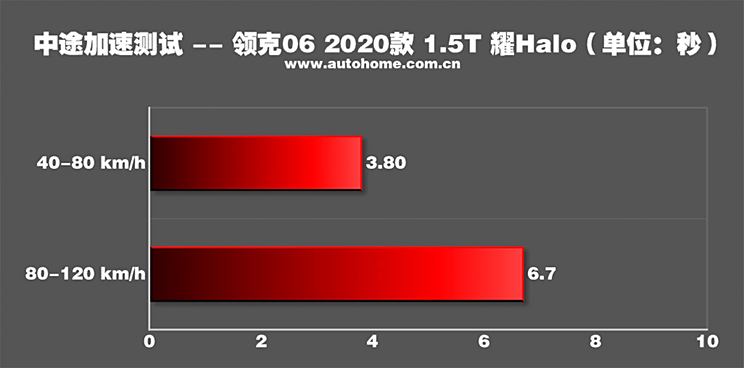
More exciting videos are available on the Autohome video platform
The maximum power of the 1.5T three-cylinder engine is 177 horsepower, 255 Nm, and it is matched with a 7-speed wet dual-clutch gearbox. The temperature on the day of the test is 21 ° C, and the starting speed can reach a maximum of 3800rpm when accelerating. After turning off the ESC, the front wheels are obviously slipping, and the speed of 1st gear up and 2nd gear is slow, which affects some speeds. After 5 ejections, the oil temperature of the gearbox rises, and the starting speed can only reach a maximum of 2000rpm. Although the starting speed will return to normal after a few minutes of heat dissipation, the shift time will still be advanced. The 1st gear will be up at about 4000rpm, and the final 0-100km/h fastest time is 8.9 seconds.
Although you will feel that the speed of 1st gear up and 2nd gear is slow during the test, you will not feel that the downshift is very slow in the rhythm of daily driving. The power response of Lynk & Co 06 is relatively positive, and the mid-to-late acceleration is also relatively powerful in the same class, which can also be reflected in the midway acceleration results.
The smoothness of this dual-clutch transmission is really good. During a few days of driving, whether it is at high or low speed, there has been almost no noticeable setback in shifting gears. It’s just that when the brakes are loosened at the start, the combination is still not as dry as the AT.
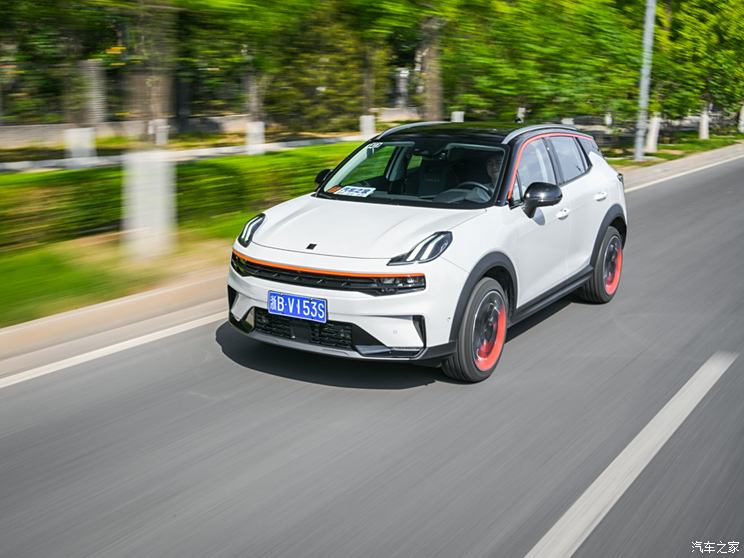
The steering wheel is light, and the front of the car responds quickly to the steering wheel, which makes the driver feel very dexterous. The directivity is not comparable to that of a performance car, but at least the direction of the front of the car is in line with the driver’s expectations.
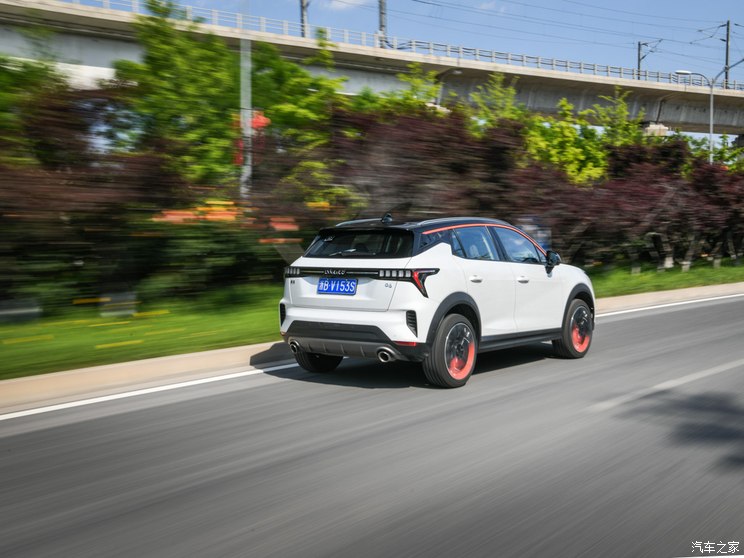
The ESC of Lynk & Co 06 will automatically turn on after the speed exceeds 70km/h, and there will be no torque steering, whether it is in a static acceleration test or when the accelerator is pushed to the bottom during driving.
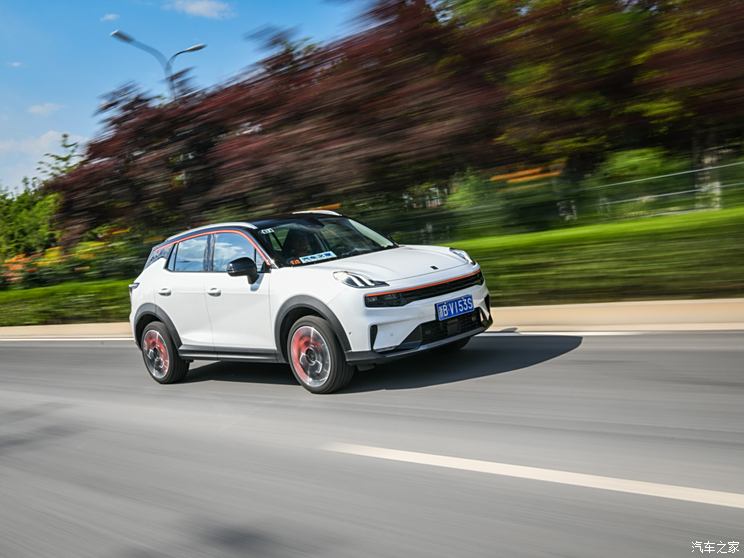
The suspension is relatively resilient at the beginning, and daily driving will feel that the dynamic response of the body is more positive, but the overall adjustment is still more comfortable. When steering rapidly and sharply, the suspension compression is still more obvious, and the continuous pile winding test will show a trend of understeering.
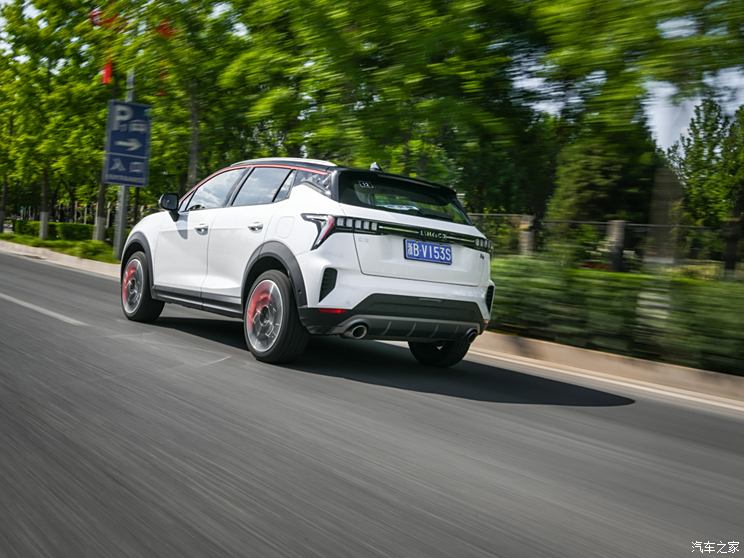
Suspension for small bumps will remove excess annoying vibration, retaining a considerable part of the road feeling, the whole process is relatively straightforward, and the sense of advanced in the same class is more prominent.
◆ Safety evaluation
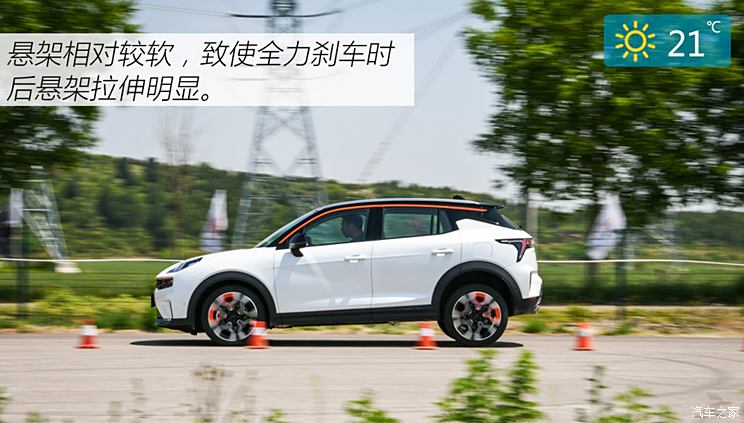
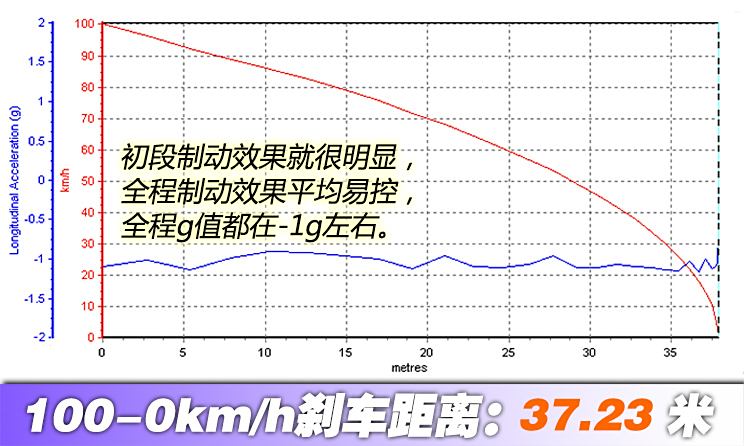
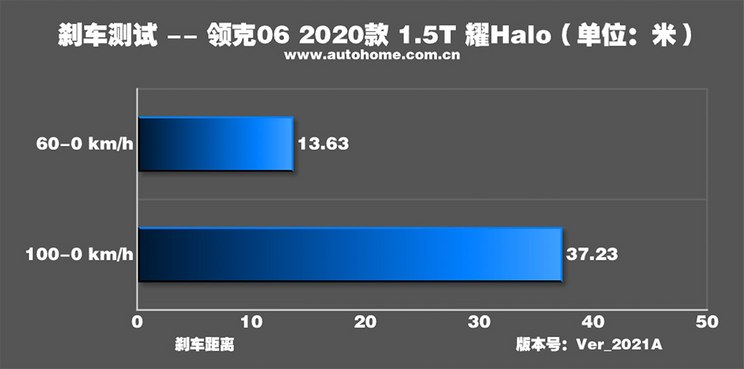
More exciting videos are available on the Autohome video platform
The braking force of Lynk & Co 06 can be fully released in the early stage of braking, and the foot feel is also easy to adapt to. The average score of 10 tests is 37.23 meters, which is remarkable. It is also worth mentioning that after 10 consecutive tests, the braking system did not experience thermal attenuation.
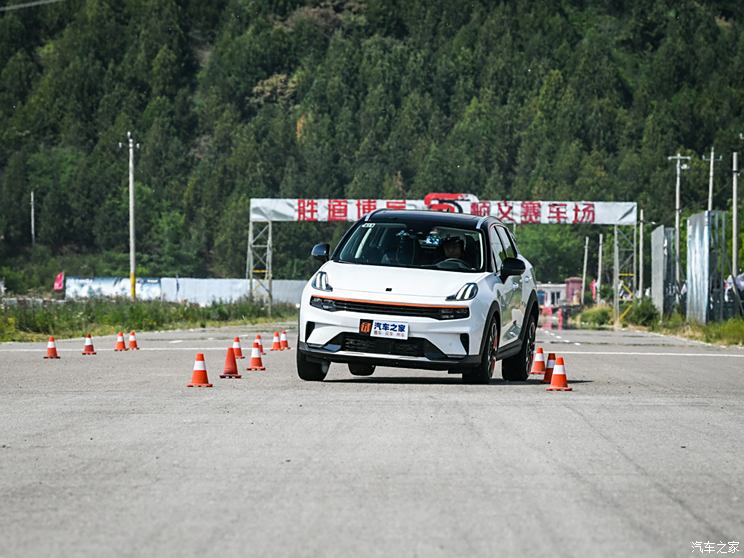
More exciting videos are available on the Autohome video platform
The compact body layout gives it a very flexible side in the fast-paced driving process. The suspension can provide sufficient support in the face of rapid center of gravity transfer, and the steering feel is light, but the pointing speed is relatively positive, with clear pointing feedback. The intervention of the electronic assistance system is relatively linear. When entering the B zone in the A zone, the system will only exert a slight force, and the vehicle can easily enter the B zone with good controllability. In the B zone, the electronic assistance began to intervene vigorously. After effectively reducing the speed, it easily completed the test, and the final passing speed was 70.4km/h.
As an SUV, the Lynk & Co 06’s sitting position is still higher than that of the car, the rear window is not tilted at a large angle, the size of the rearview mirror is normal, the field of vision is good, and there is no discomfort.



Lynk & Co 06’s passive safety configuration is uniform across the entire system. In addition to the most basic main and co-pilot airbags, front and rear side air curtains and front side airbags are standard. For small SUVs, this should be praised.
◆ Economic evaluation
The price has always been the advantage of Chinese brands, this 1.5T Yao Halo guide price is 138,600 yuan, its configuration is quite rich, driving texture and the quality of the car are good, to know this price if you buy Honda Bing Zhi, you can’t even buy 1.5L high-end.
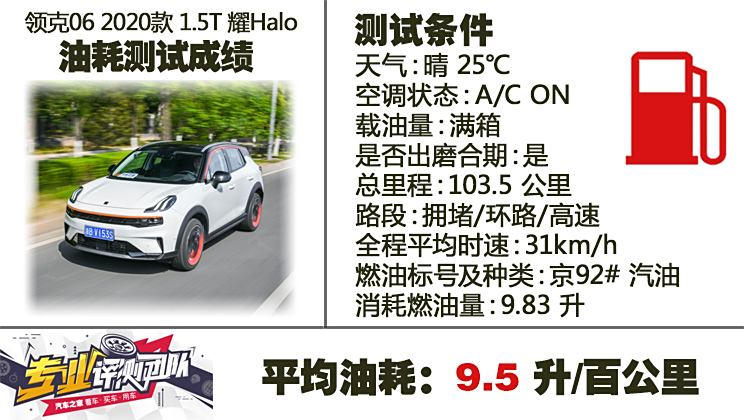
During the fuel consumption test, we turned on the air conditioner at 23 degrees Celsius and drove 103.5km at an average speed of 31km/h, consuming a total of 9.83L of fuel and measuring an average fuel consumption of 9.5L/100km. This is indeed not fuel-efficient for a small SUV. The lack of automatic start-stop function also affects fuel consumption to a certain extent.
◆ Intelligent evaluation
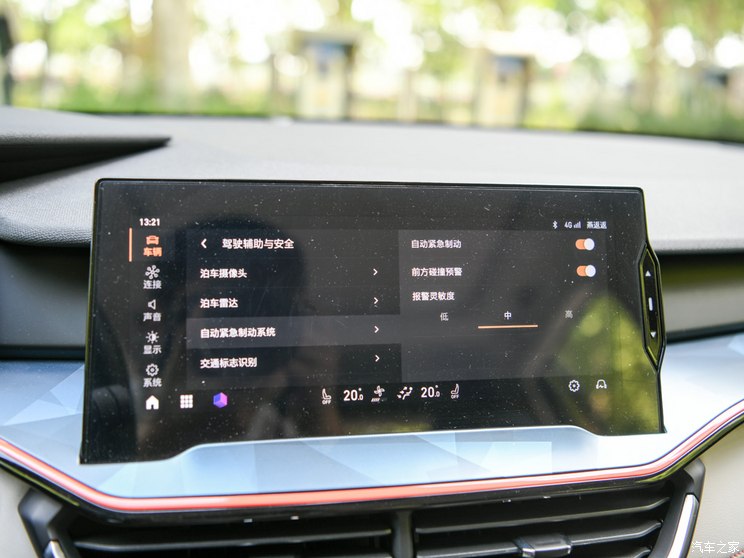
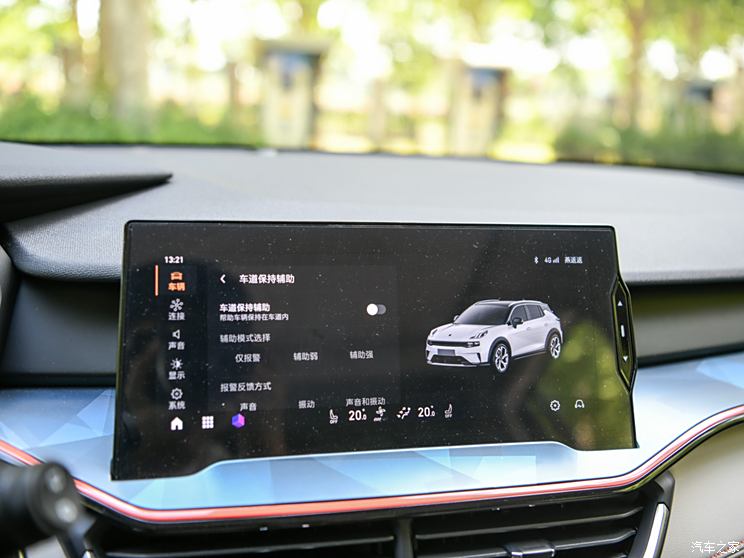
Lynk & Co 06’s adaptive cruise and lane keeping were only available on high-end models. In actual use, the ACC was easy to operate, followed the car at a suitable distance, and the deceleration when there was a car jammed was relatively linear. However, the level of the lane keeping assistance system was still relatively basic, and the vehicle could not keep driving in the middle of the lane at all times, but would only slightly correct the direction after frequent contact with the lane line.
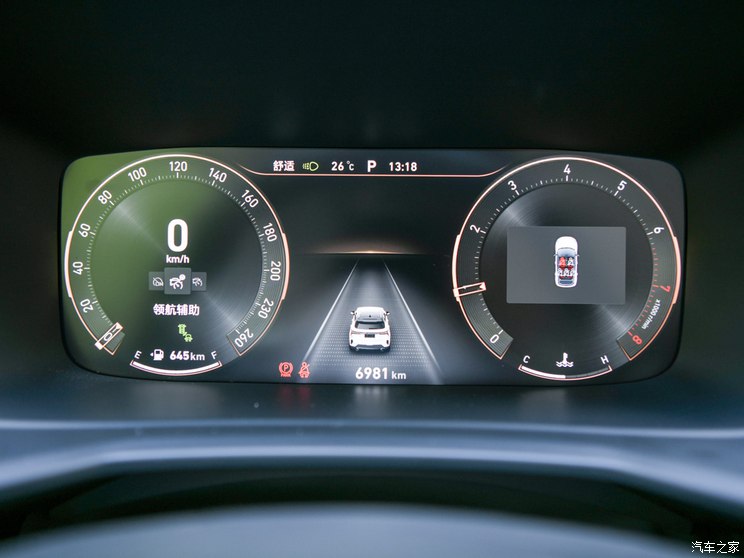
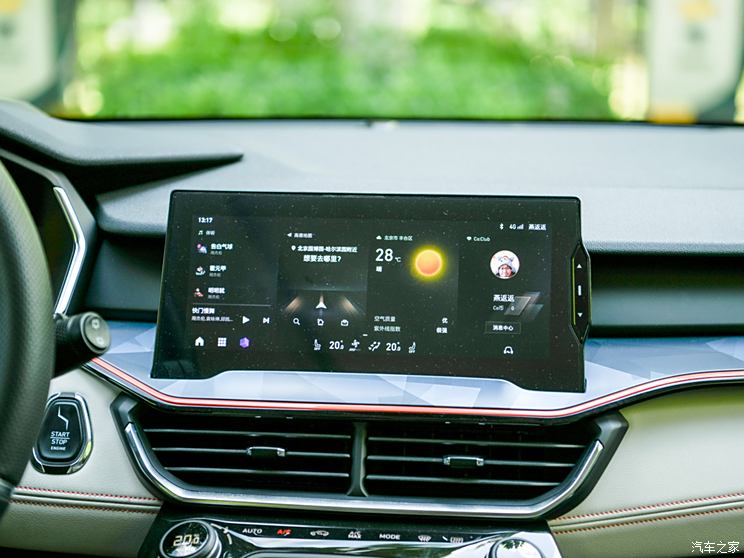
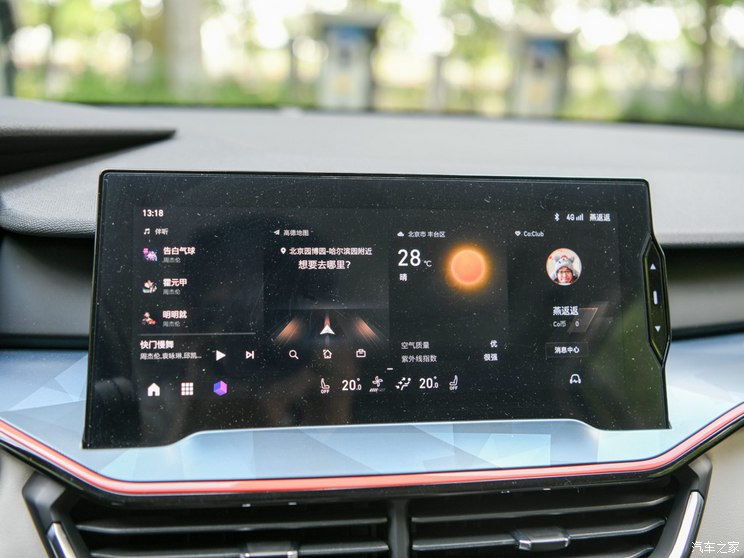
Lynk & Co 06 uses a dual 10.25-inch screen configuration and is standard on the whole series. The car has rich functions and a lot of online content, but the car interface is a little cumbersome, and there are occasional cards when sliding. The voice control system has a high recognition rate for commonly used instructions such as navigation or music information retrieval.
◆ Summary
● Comfort evaluation
The comfort part of Lynk & Co 06 scored 18.5 points, much higher than the average score of 11.75 points in the same class. On the one hand, the interview driving is the top model, and the configuration part scored higher. In addition, the workmanship and materials of the whole vehicle are better in the same class, while the noise part should be said that 06 is not doing well, but the same class is generally worse.
Dynamic evaluation
The dynamic part of the Lynk & Co 06 scored 11.5 points, and the same class scored 10.75 points. Since the same class is basically not equipped with four-wheel drive, this part of the score is 0, so we will skip it. The Lynk & Co 06’s acceleration score gives it an above-average score in the engine section, and the steering and driving comfort are also better than average. The lower score is the transmission.
● Safety evaluation
The safety part of Lynk & Co 06 scored 13.44 points, higher than the average of 11.68 in the same class. On the one hand, its good braking performance earned it points, and the number of airbags also had an advantage in the same class.
● Economic evaluation
The economic part of Lynk & Co 06 scored 4.76 points, lower than the average of 6.16 points in the same class. Its price is more advantageous than that of a number of joint venture models, but the fuel consumption is seriously hindered. In addition, the whole series does not automatically start and stop, and it also loses points in the environmental protection part.
● Intelligent evaluation
The intelligent part of Lynk & Co 06 scored 15.4 points, higher than the average of 13.8 points in the same class. The high-end model has a more complete active safety configuration, and the performance of the multimedia system is also slightly higher than that of the same class.
● AH-100 total score
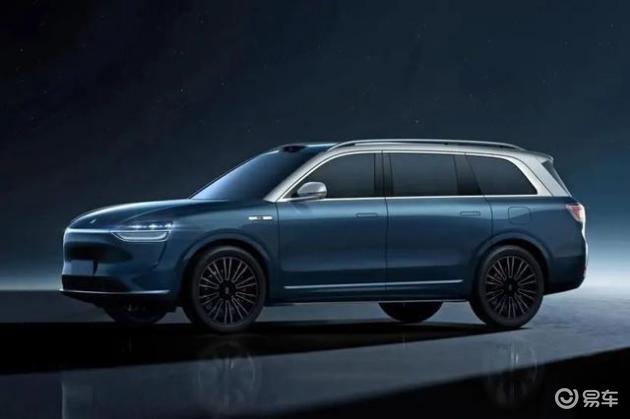
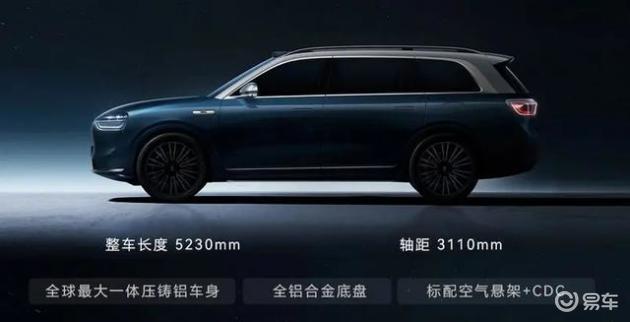 In terms of interior design, the Q & J M9 combines luxury and technology just right. Comfortable configurations such as the Queen’s co-pilot and zero-pressure seats take the riding experience to the next level. The fully equipped interior design that can carry 10 screens, and the built-in Hongmeng 4.0 car system bring the ultimate sense of technology to passengers in the car. Whether it is entertainment or travel navigation, the Q & J M9 can meet consumers’ needs for comfort and technology. In addition to the highlights of the appearance and interior design, the Q & J M9 has also made great efforts in terms of safety performance. ADS2.0 intelligent driver assistance system, standard air suspension + CDC and other technical configurations provide a full range of safety protection for drivers and passengers. The high-strength cast aluminum material and a variety of other features provide drivers with peace of mind from the vehicle structure.
In terms of interior design, the Q & J M9 combines luxury and technology just right. Comfortable configurations such as the Queen’s co-pilot and zero-pressure seats take the riding experience to the next level. The fully equipped interior design that can carry 10 screens, and the built-in Hongmeng 4.0 car system bring the ultimate sense of technology to passengers in the car. Whether it is entertainment or travel navigation, the Q & J M9 can meet consumers’ needs for comfort and technology. In addition to the highlights of the appearance and interior design, the Q & J M9 has also made great efforts in terms of safety performance. ADS2.0 intelligent driver assistance system, standard air suspension + CDC and other technical configurations provide a full range of safety protection for drivers and passengers. The high-strength cast aluminum material and a variety of other features provide drivers with peace of mind from the vehicle structure.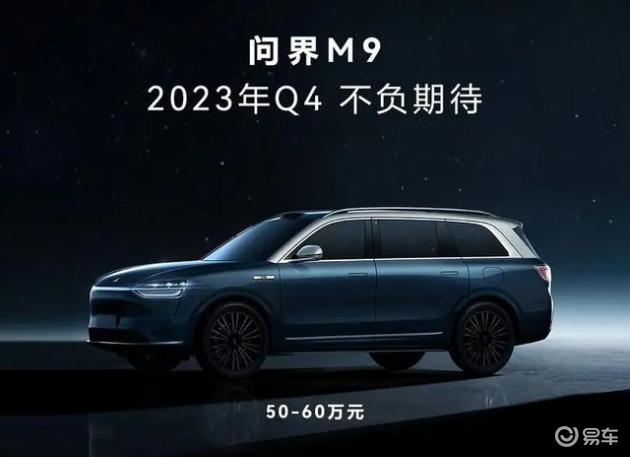 When it comes to a product, what is indispensable is of course the power performance. The Qinjie M9 will provide both extended range and pure electric power systems, and is equipped with 800V fast charging technology, so that long-distance driving is no longer a problem. Whether it is a city street or a country trail, the Qinjie M9 can provide you with an excellent driving experience. To sum up, Huawei Qinjie M9, as a flagship that shows Huawei’s technology empowerment, not only gives people a bright feeling in appearance design, but also shows great strength in performance and technology configuration. I believe this car will attract a large number of consumers who pursue quality and technology. It is expected to be released in the fourth quarter of this year. Let’s look forward to the shining performance of the Qinjie M9 in the market together!
When it comes to a product, what is indispensable is of course the power performance. The Qinjie M9 will provide both extended range and pure electric power systems, and is equipped with 800V fast charging technology, so that long-distance driving is no longer a problem. Whether it is a city street or a country trail, the Qinjie M9 can provide you with an excellent driving experience. To sum up, Huawei Qinjie M9, as a flagship that shows Huawei’s technology empowerment, not only gives people a bright feeling in appearance design, but also shows great strength in performance and technology configuration. I believe this car will attract a large number of consumers who pursue quality and technology. It is expected to be released in the fourth quarter of this year. Let’s look forward to the shining performance of the Qinjie M9 in the market together!
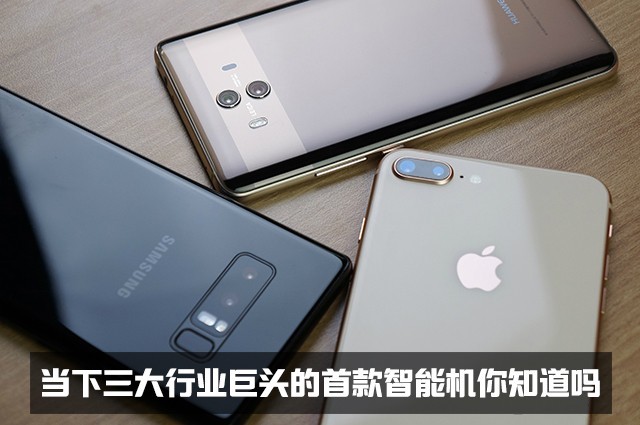


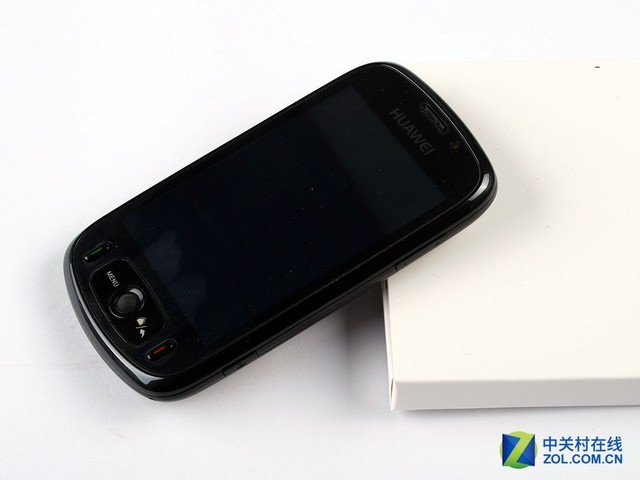

 nubia Z5
nubia Z5